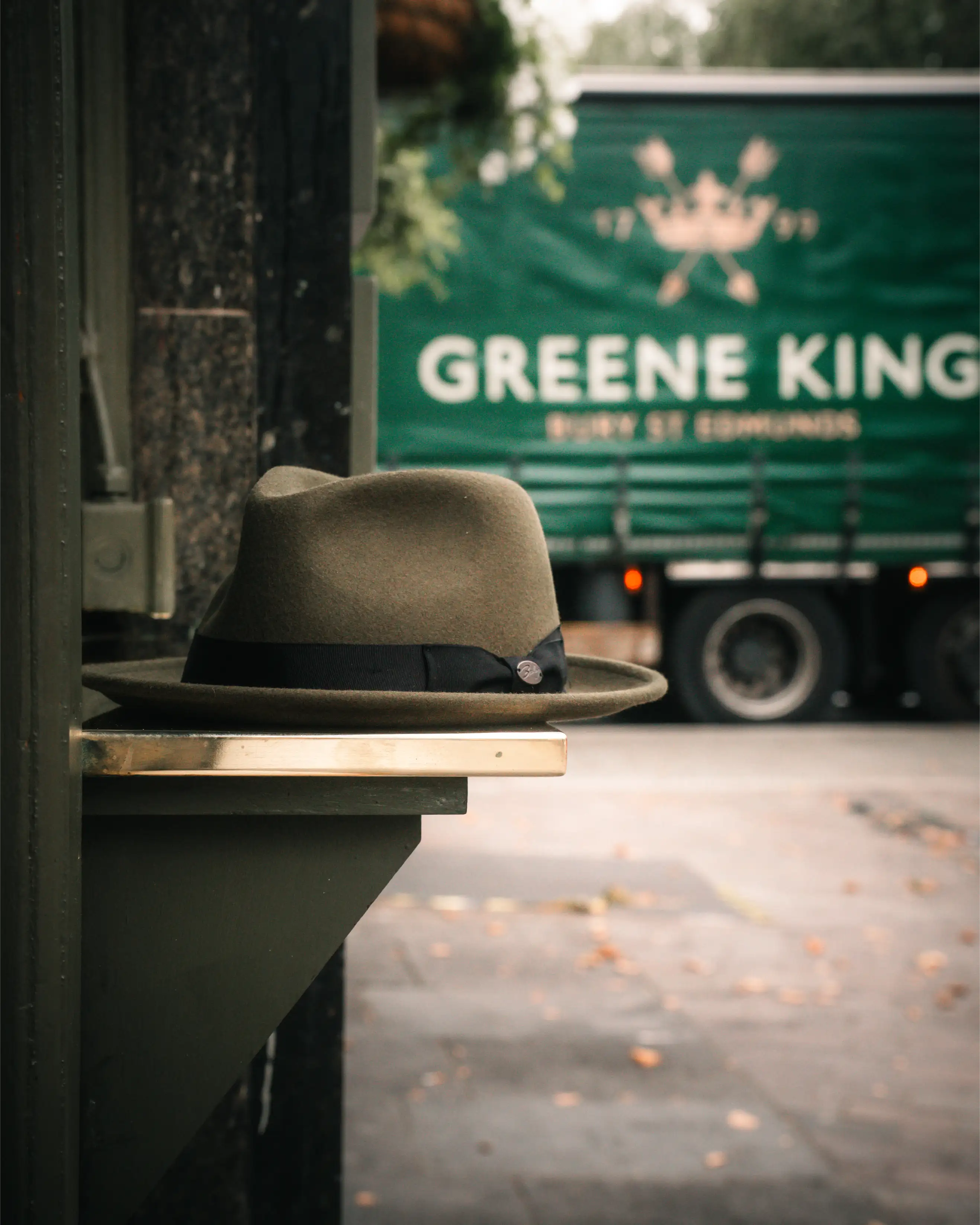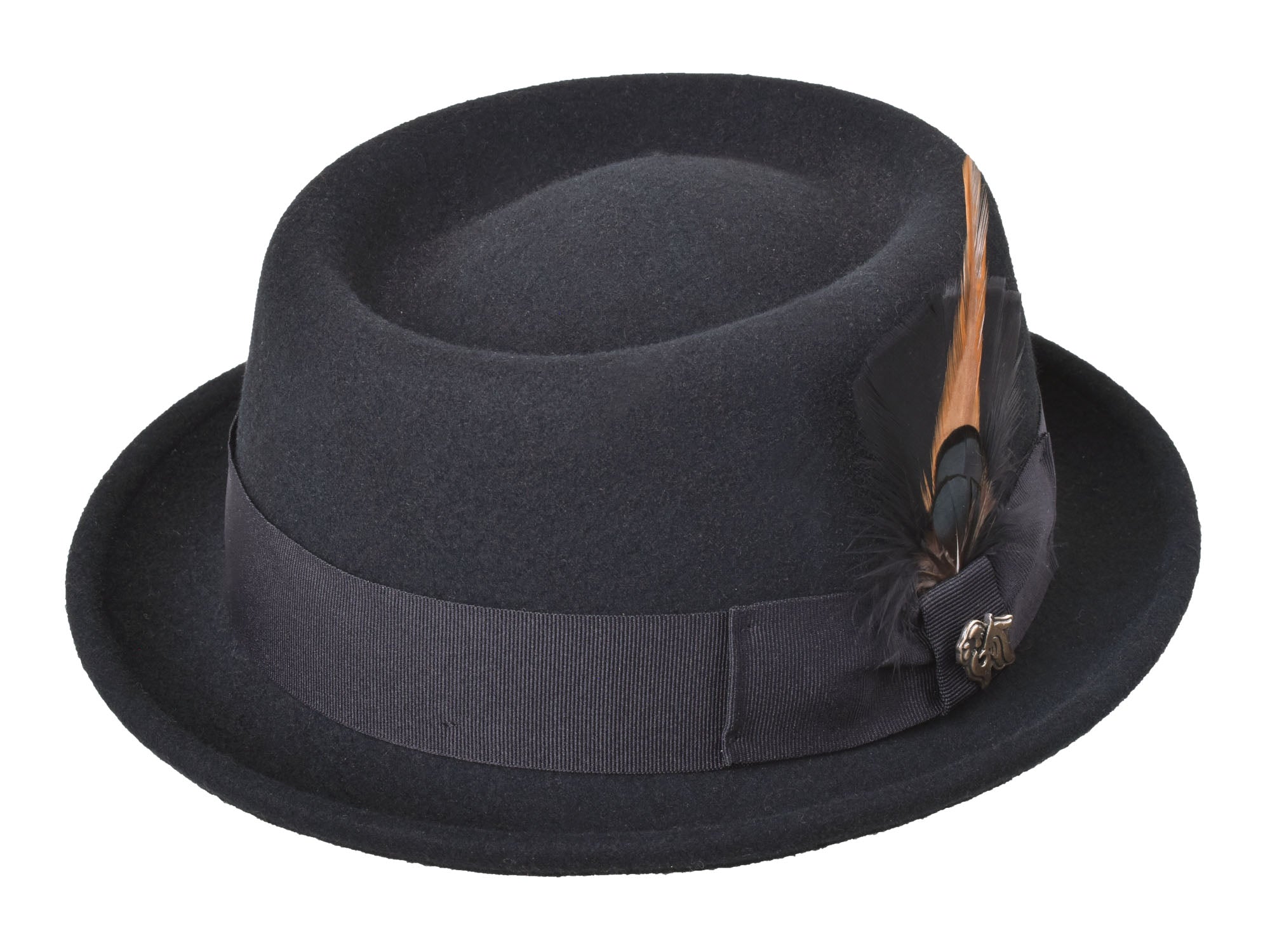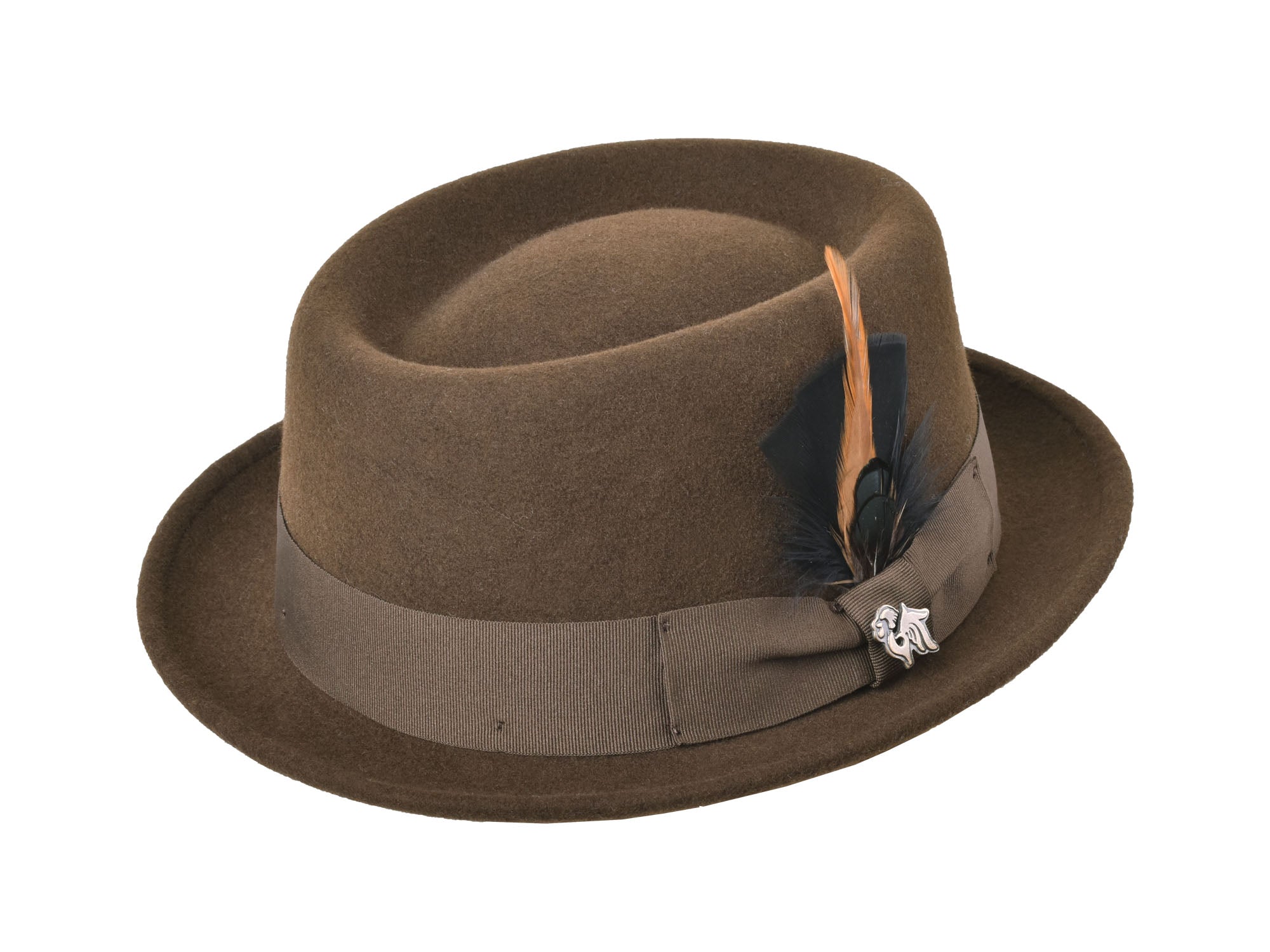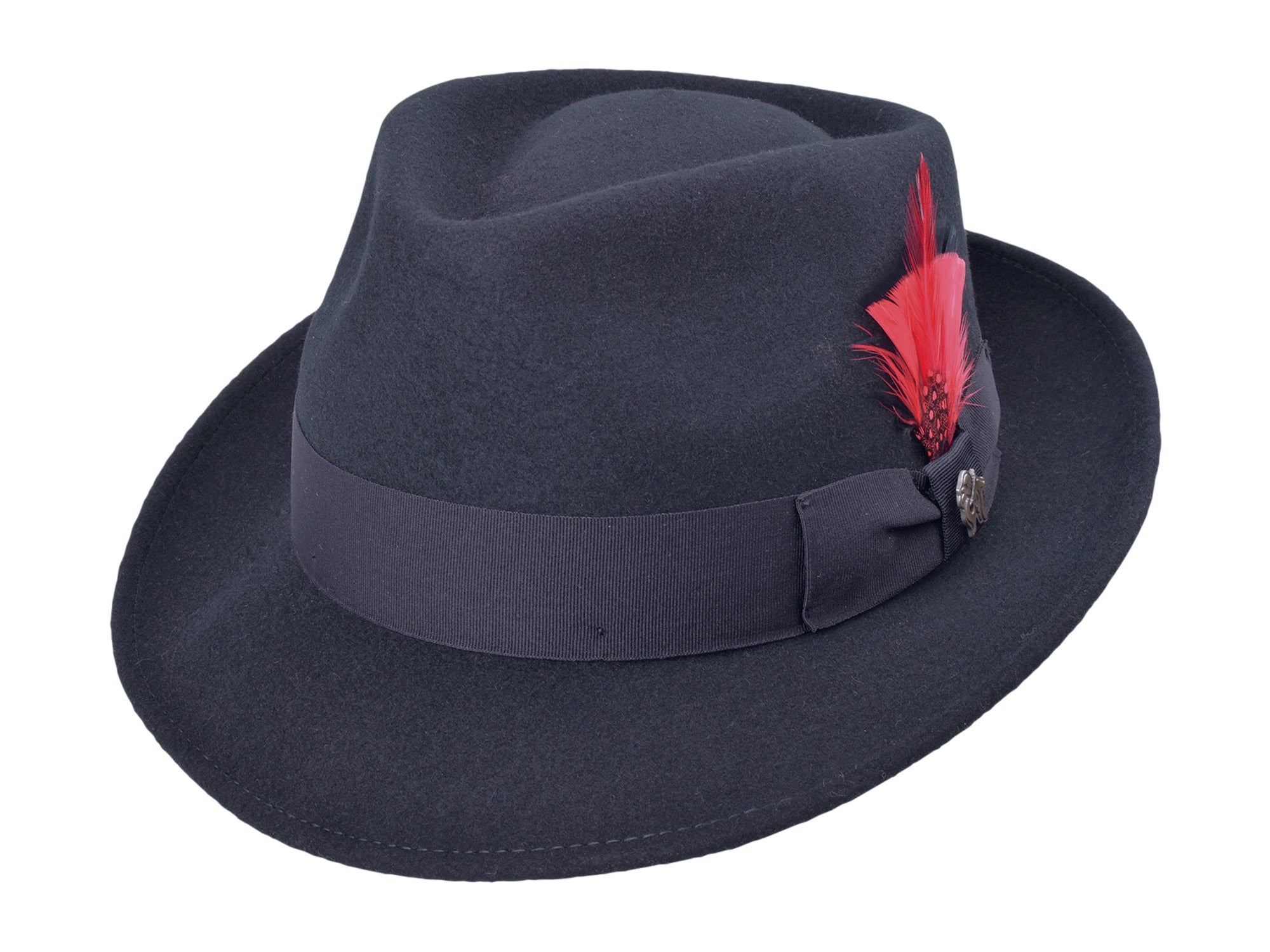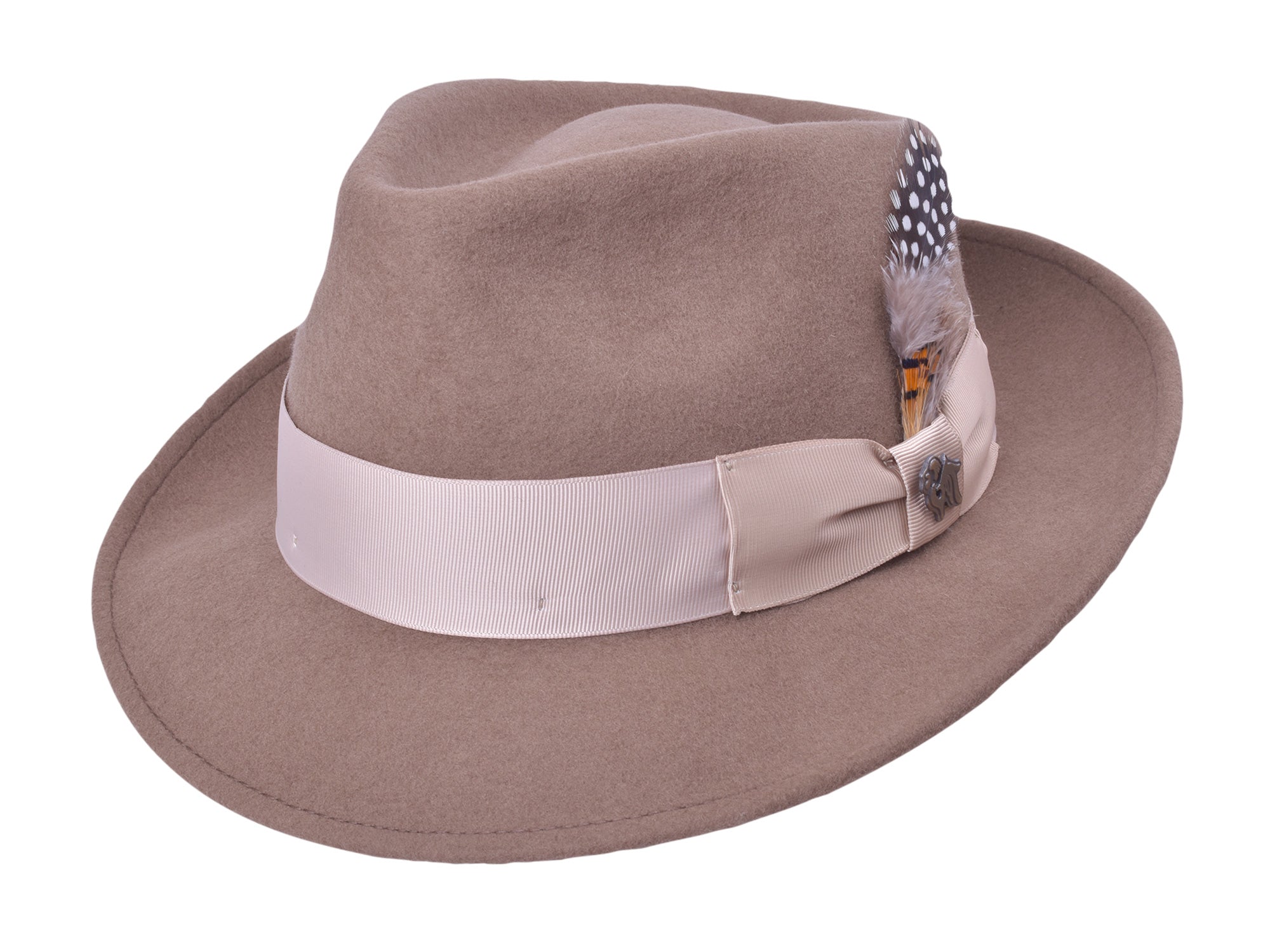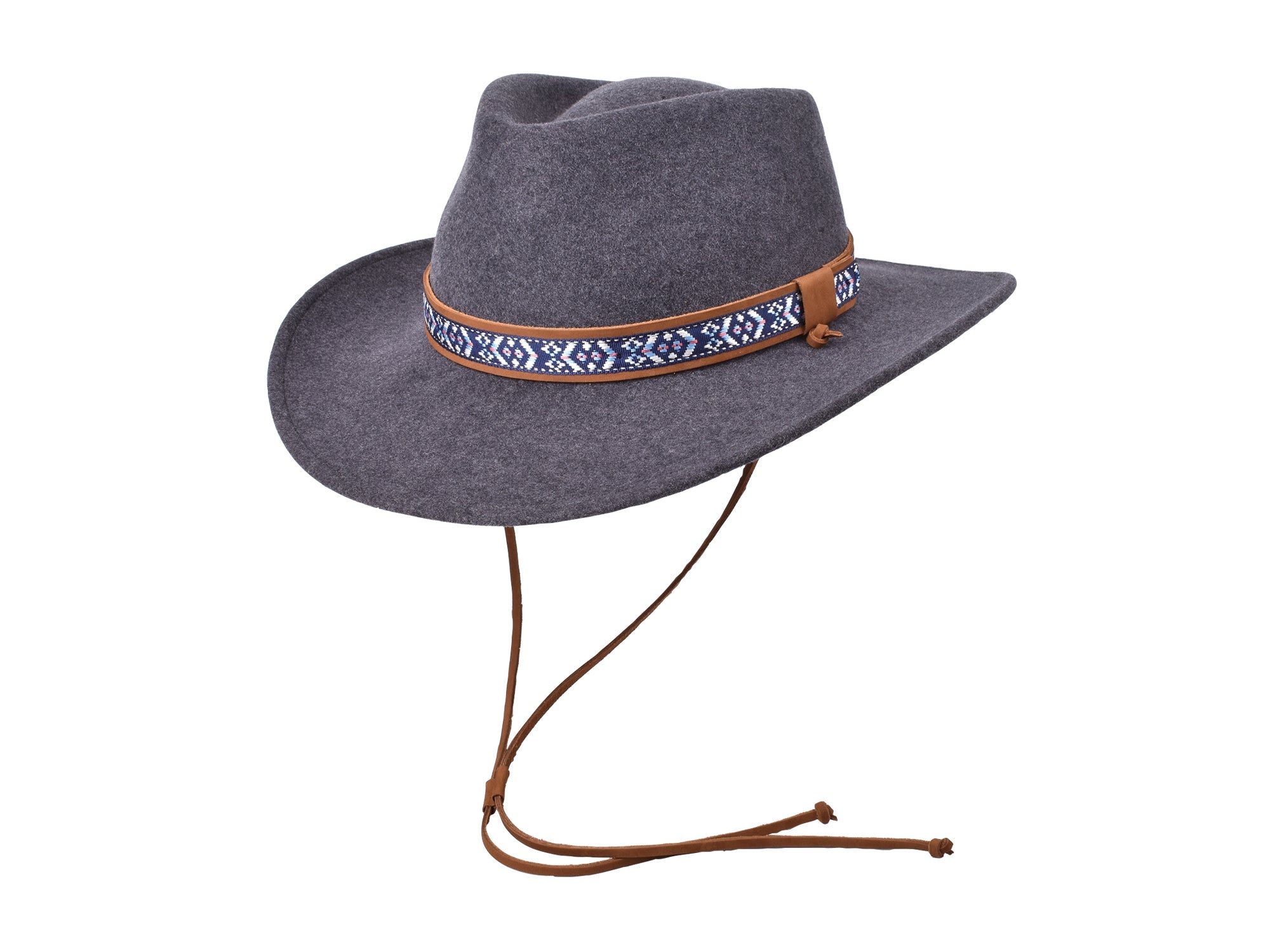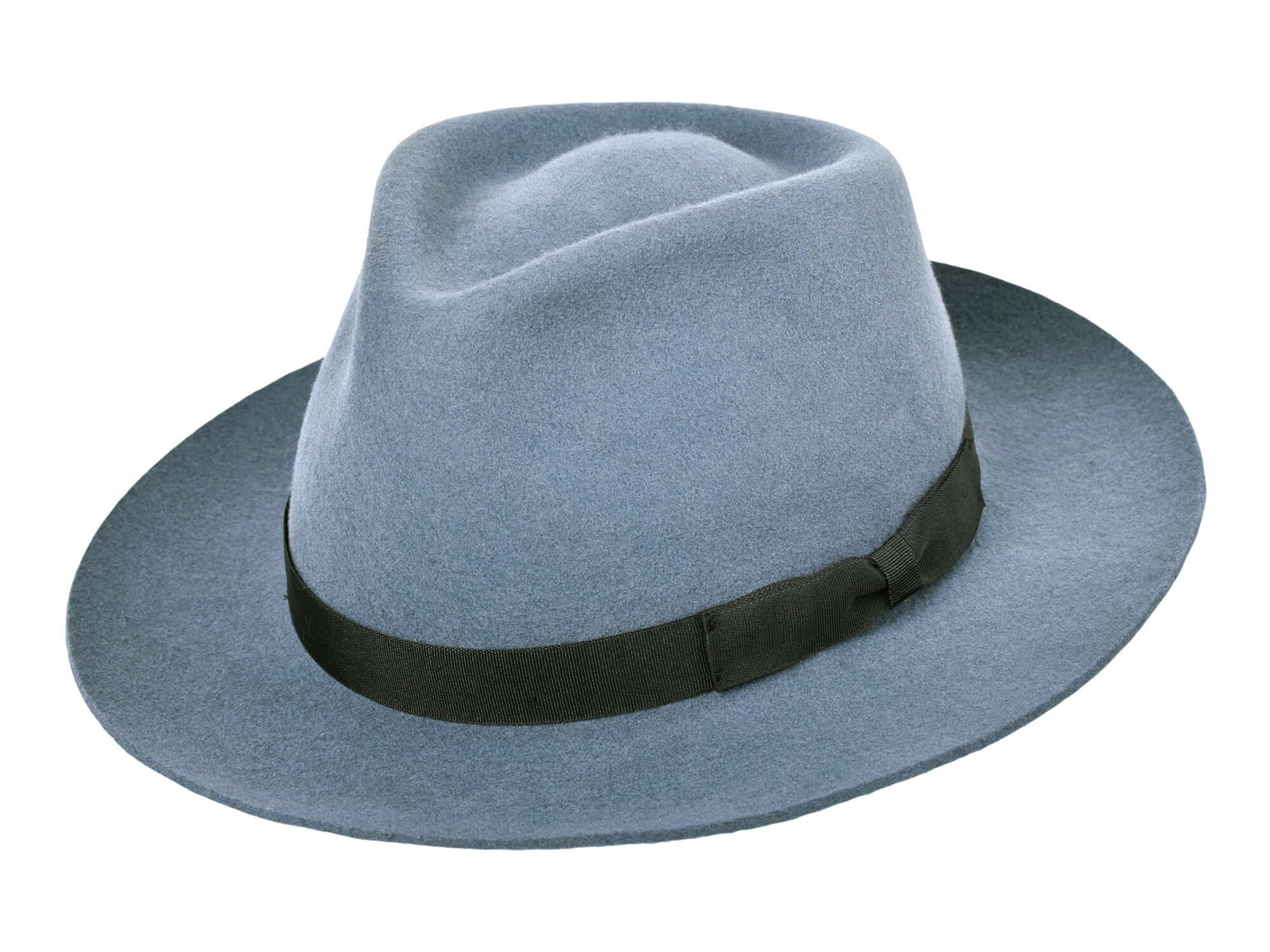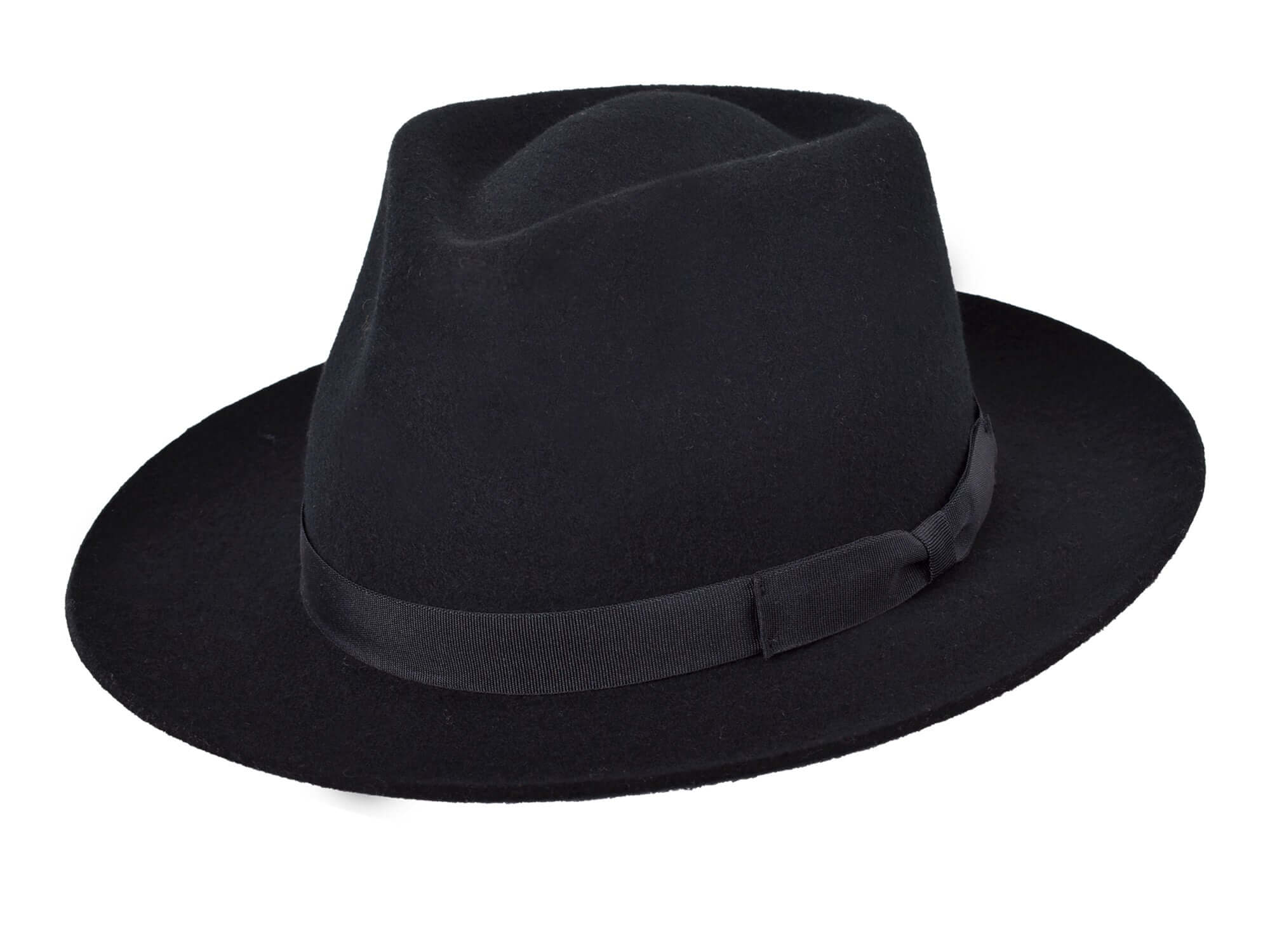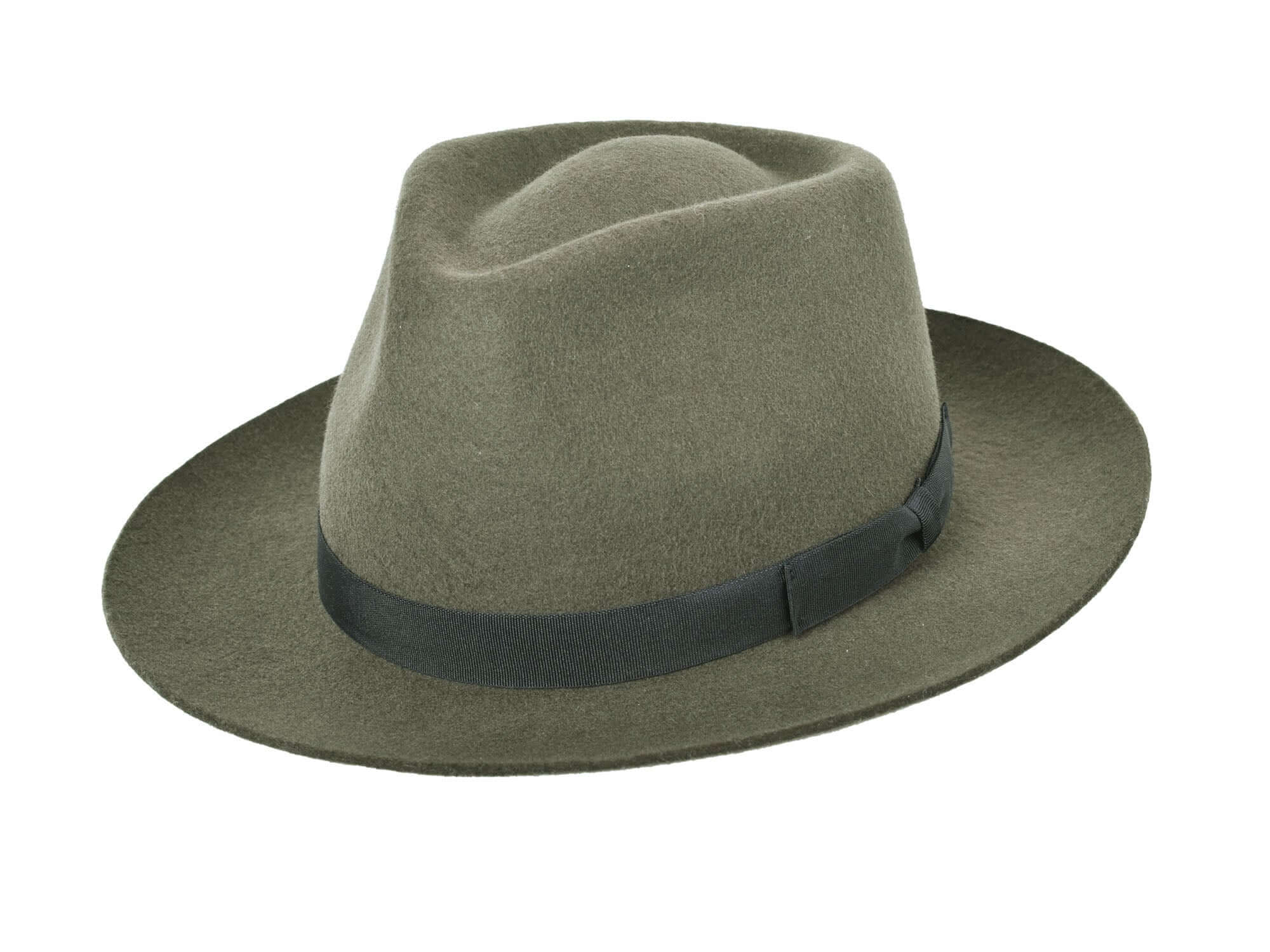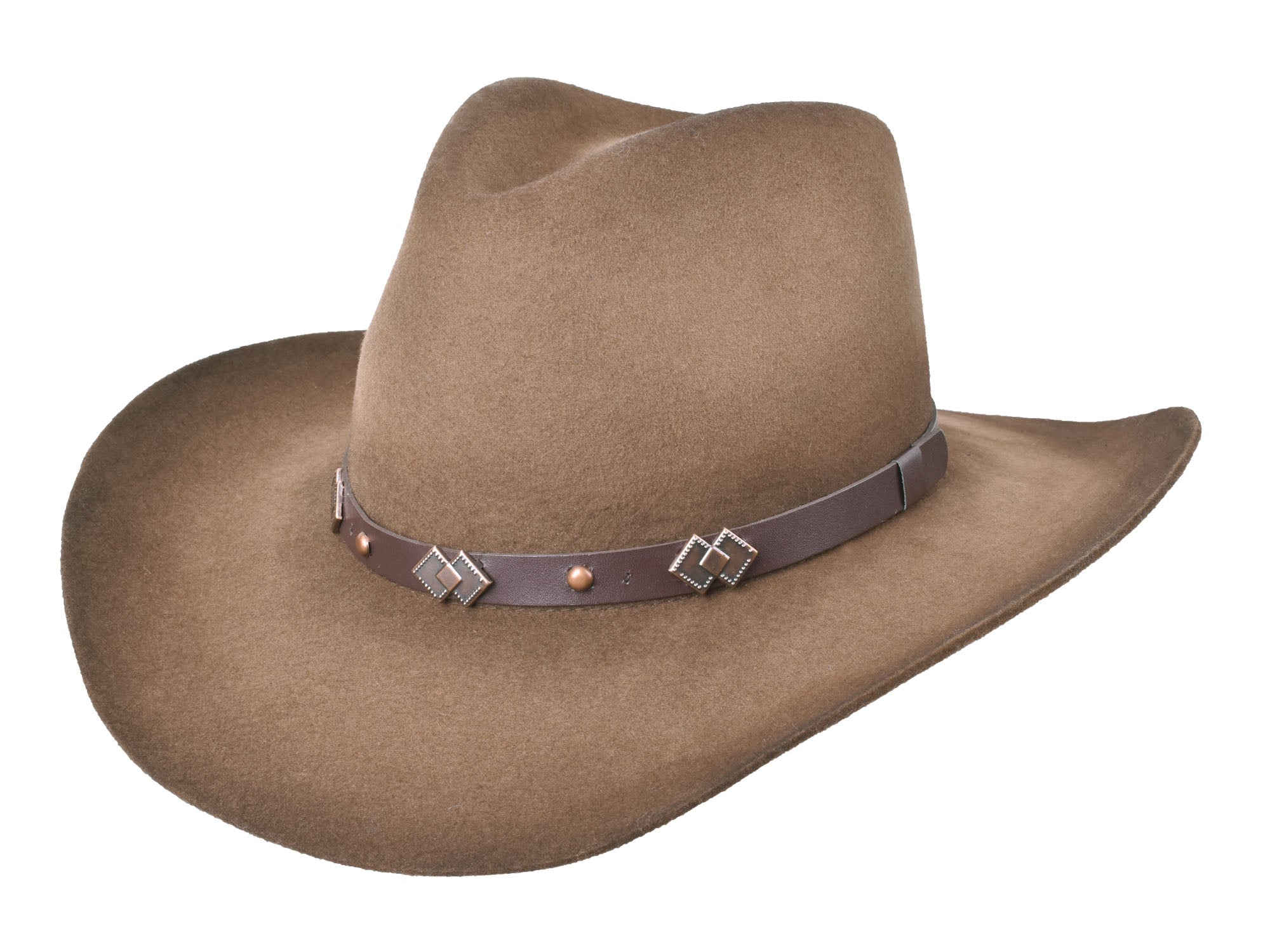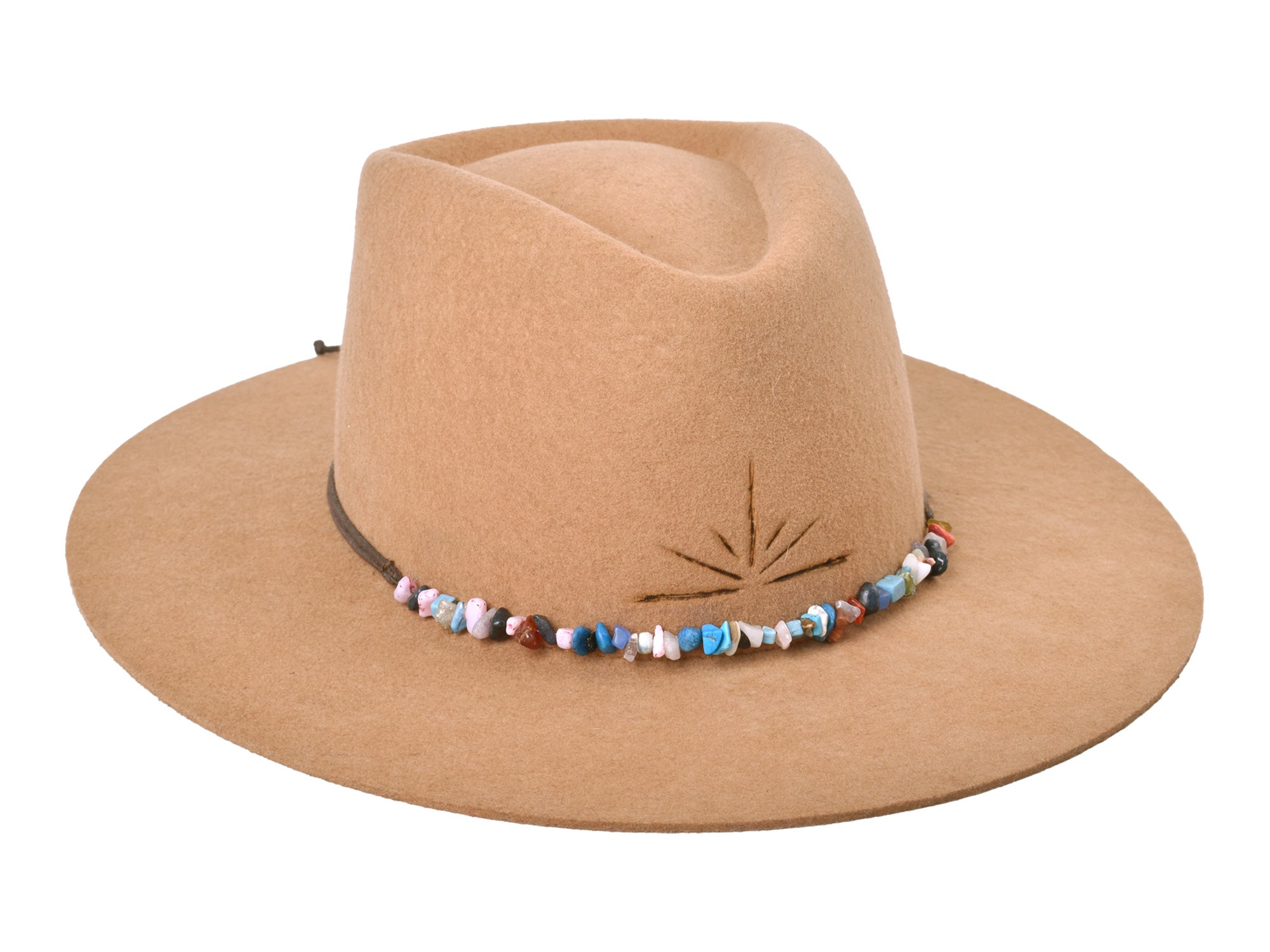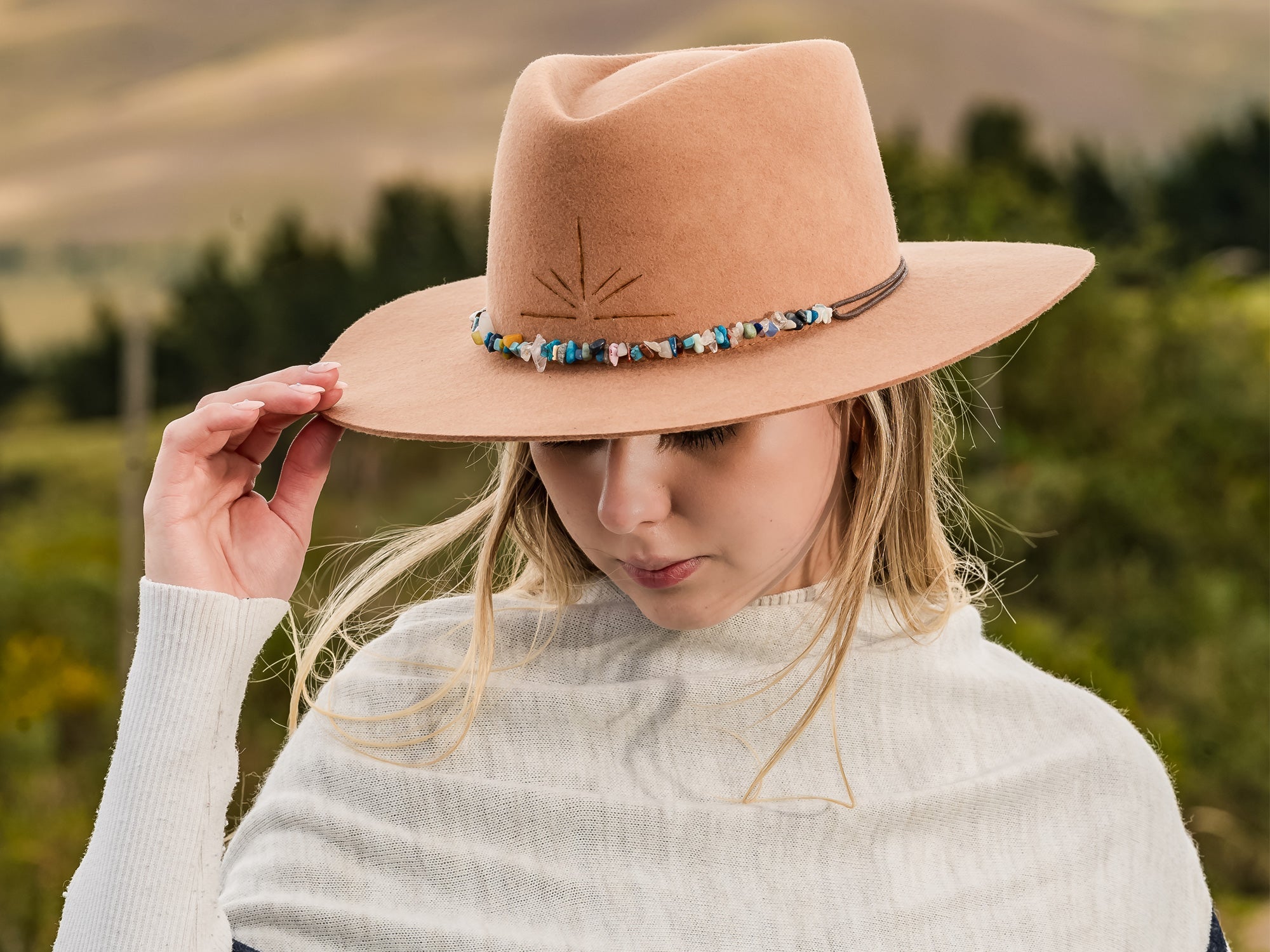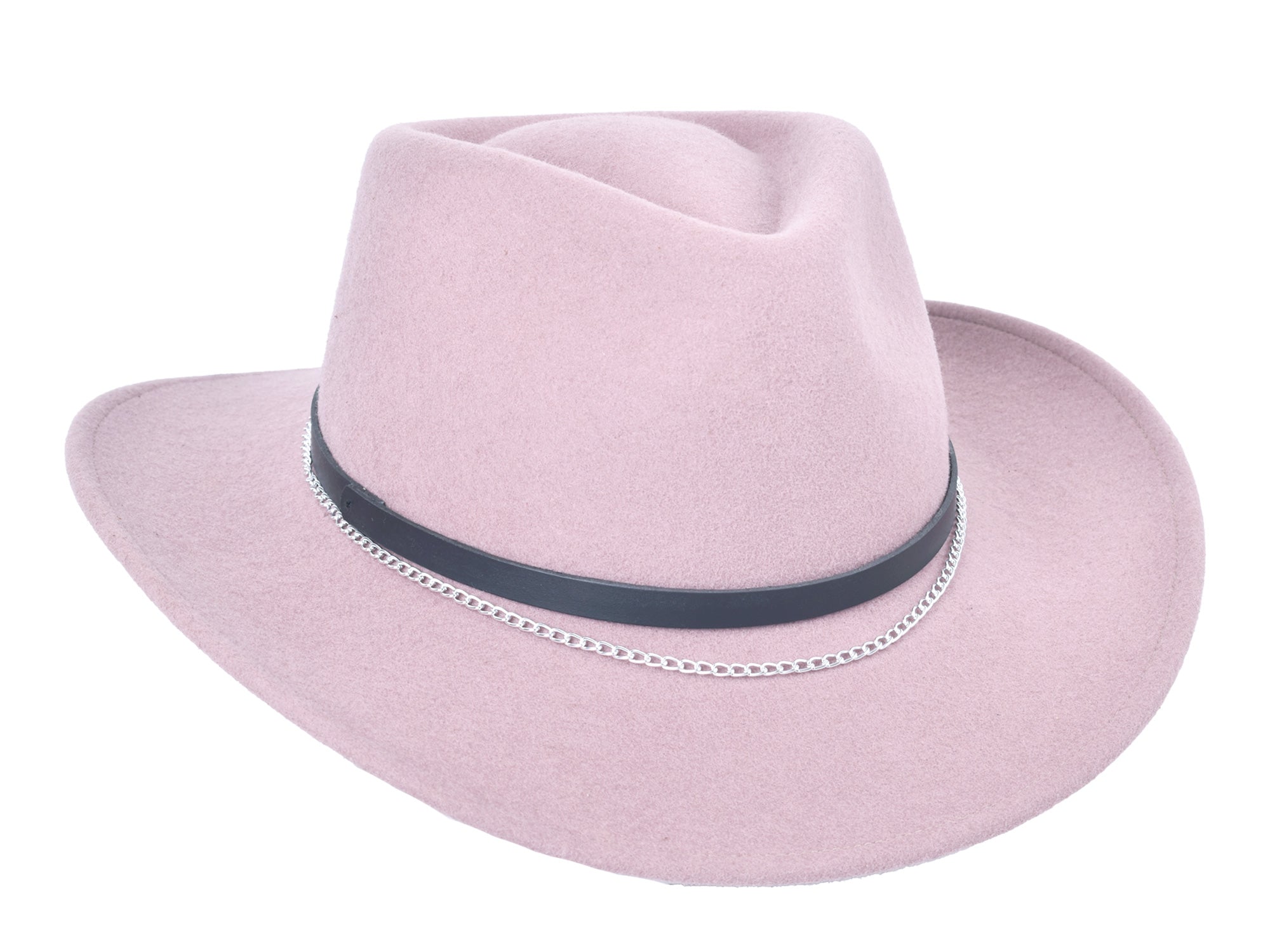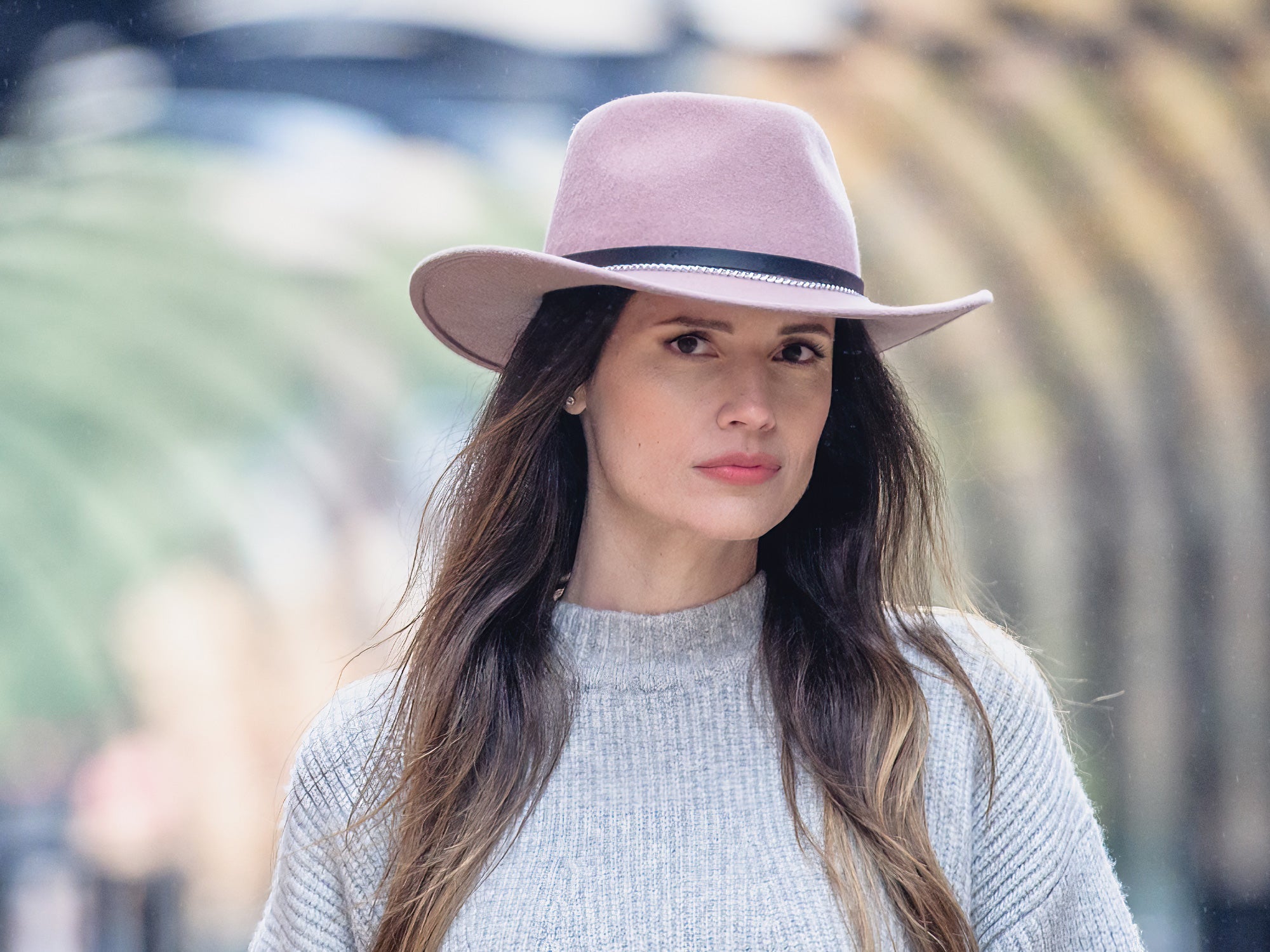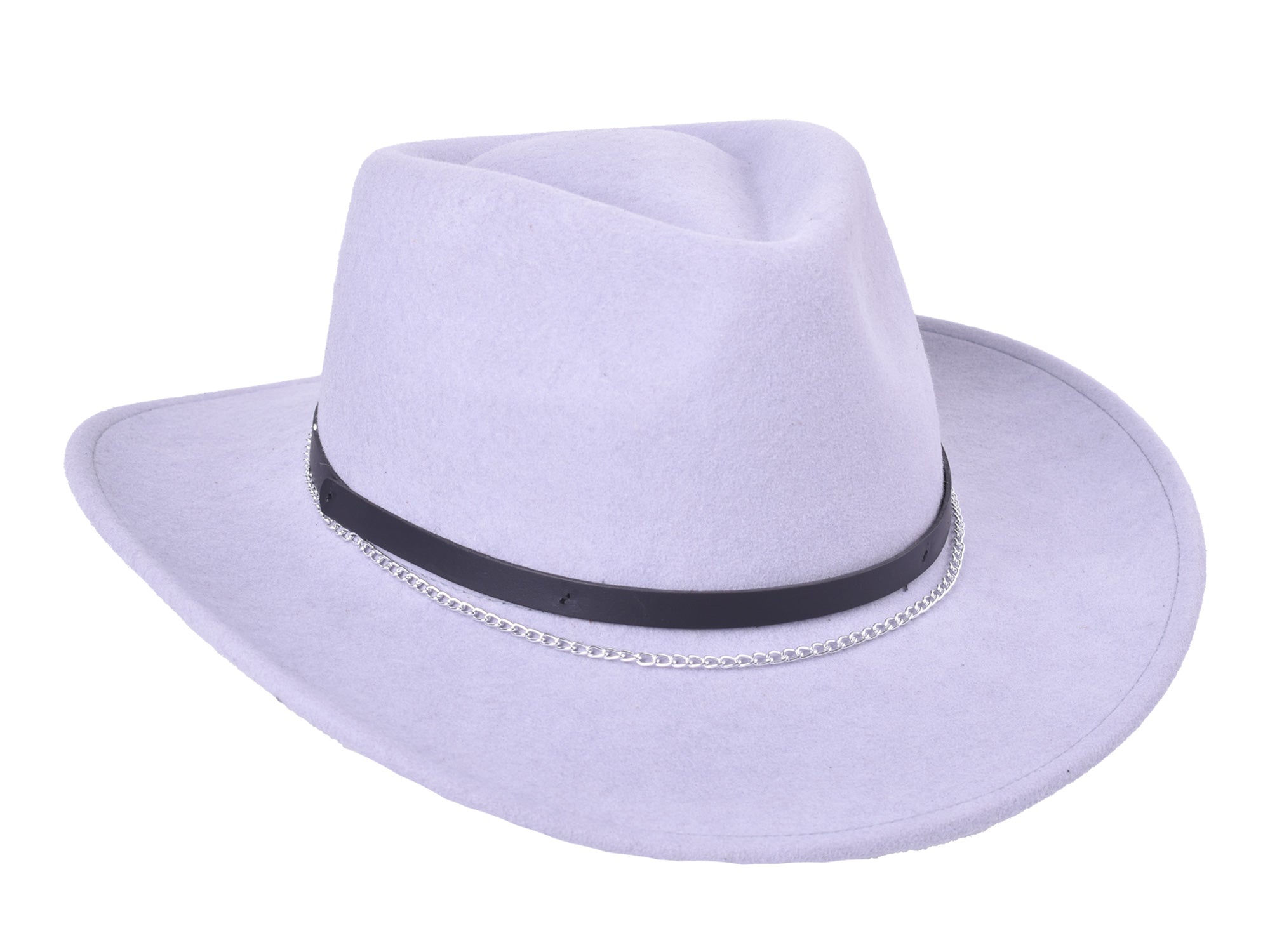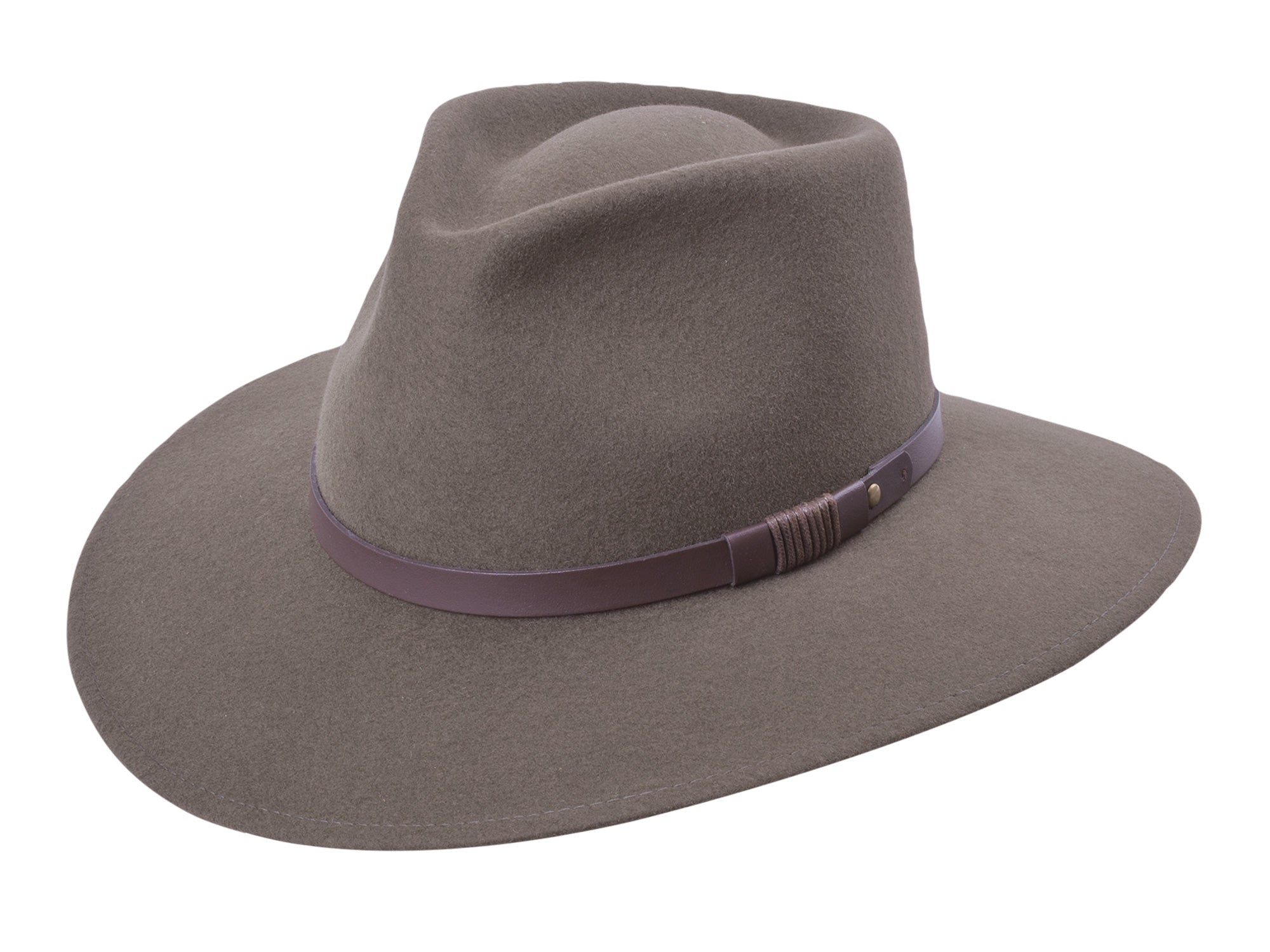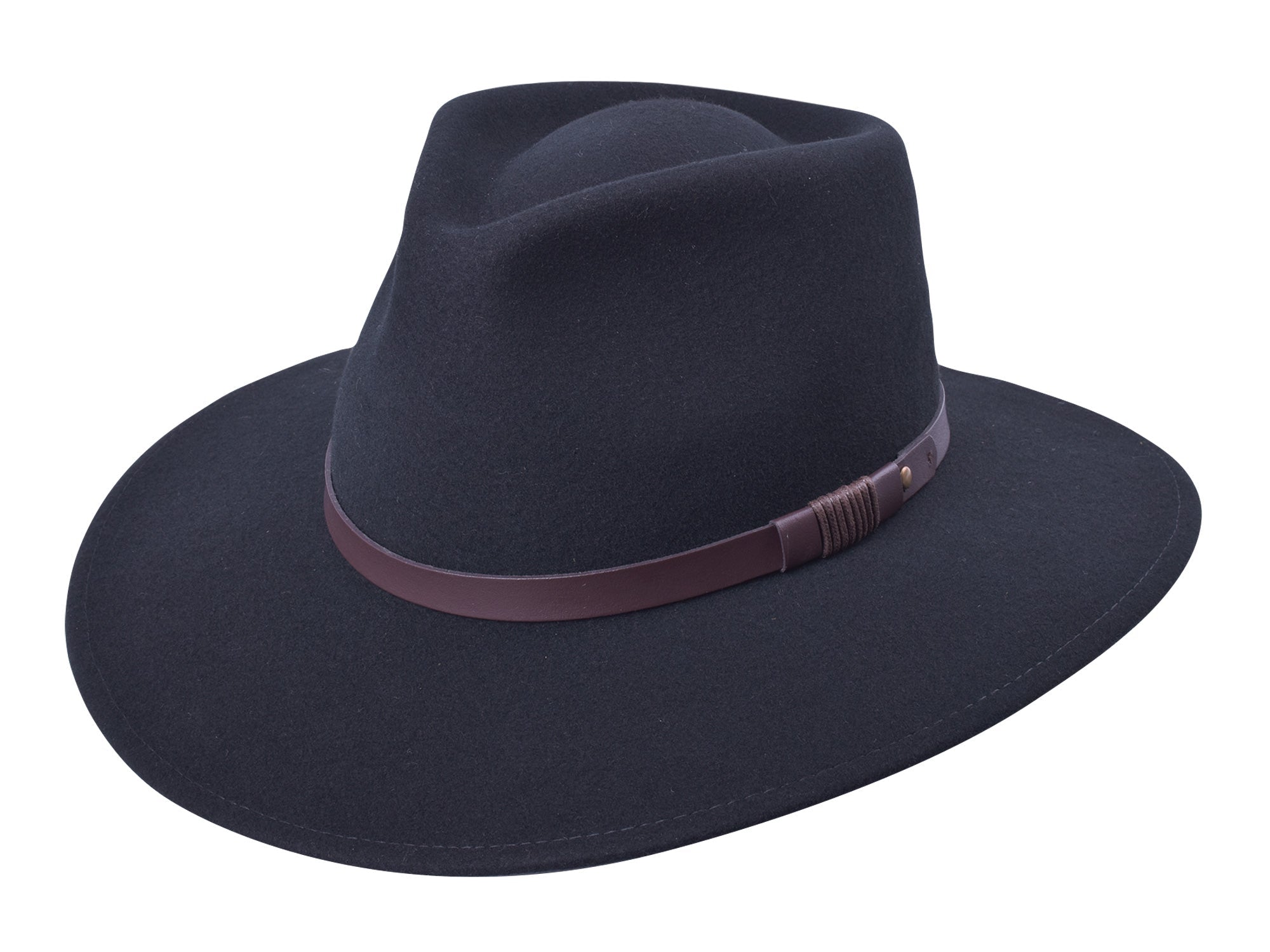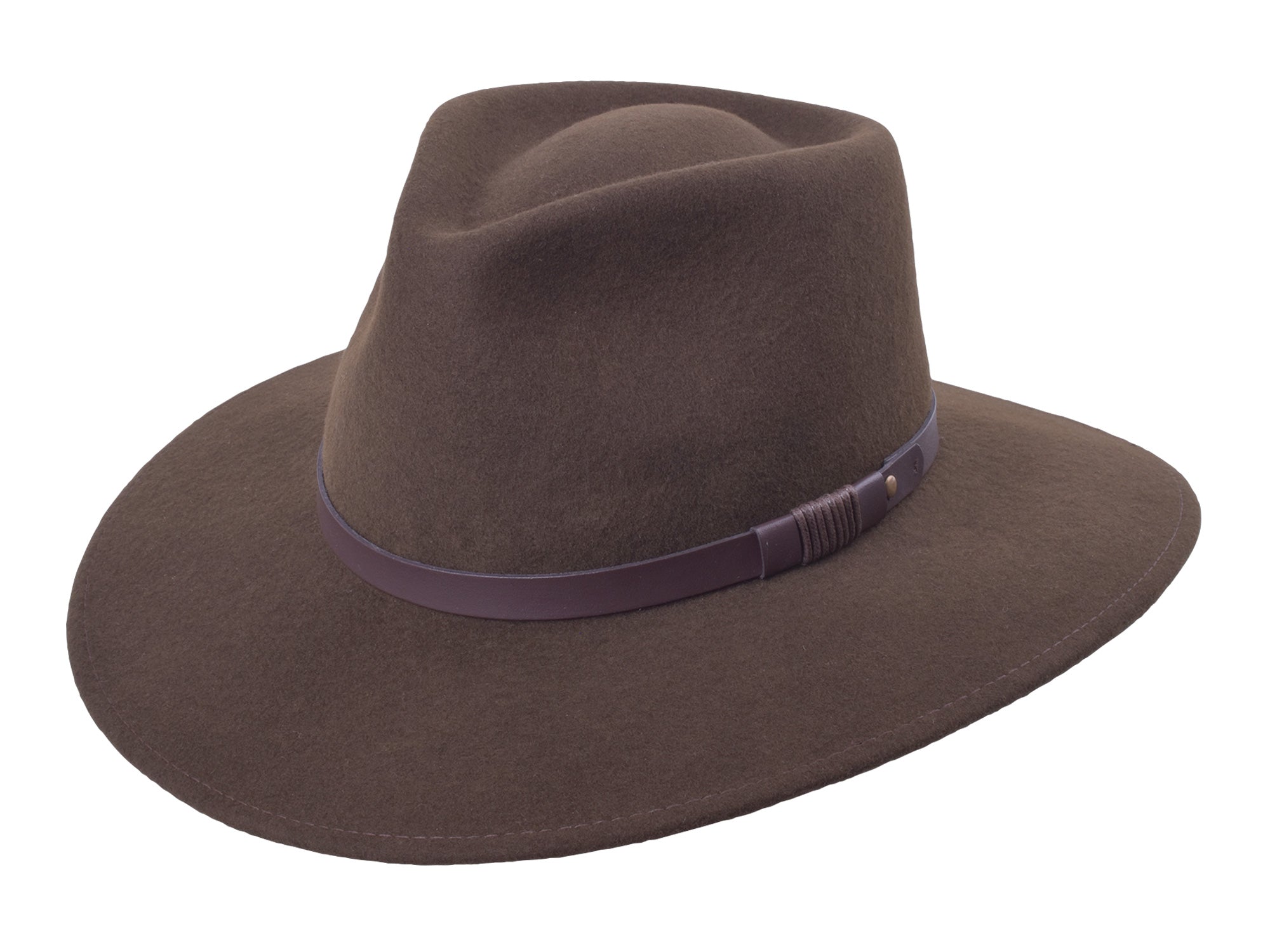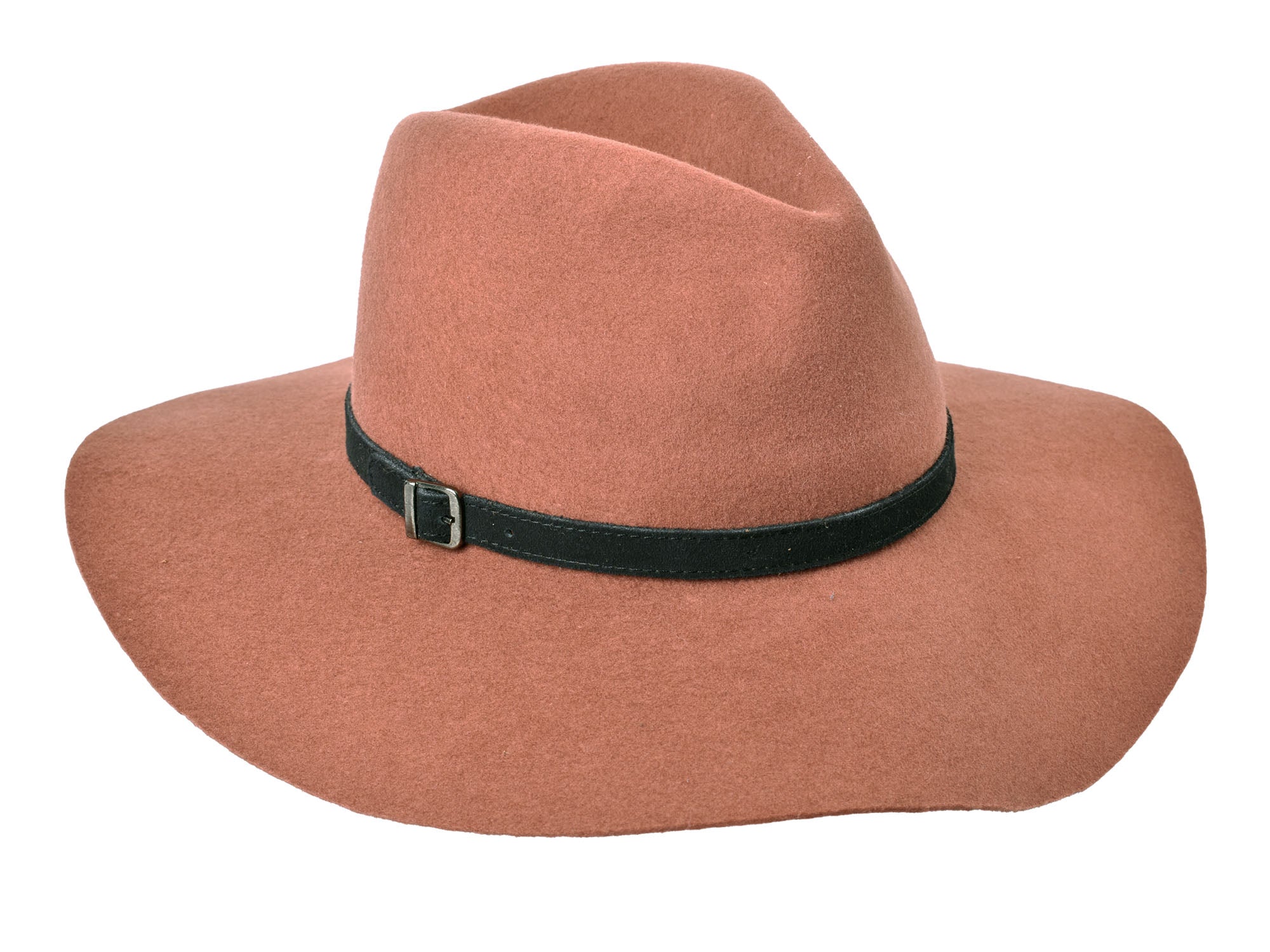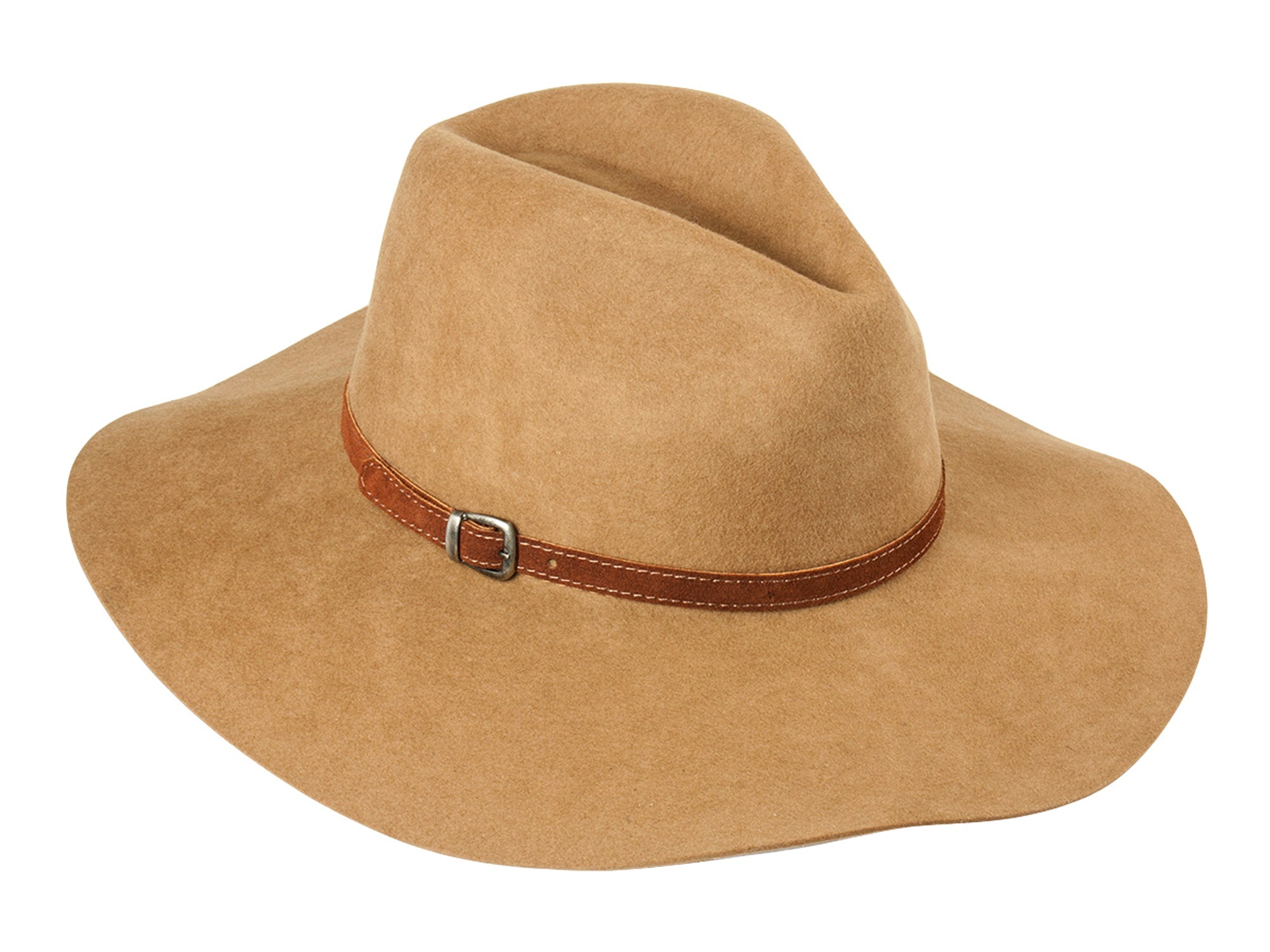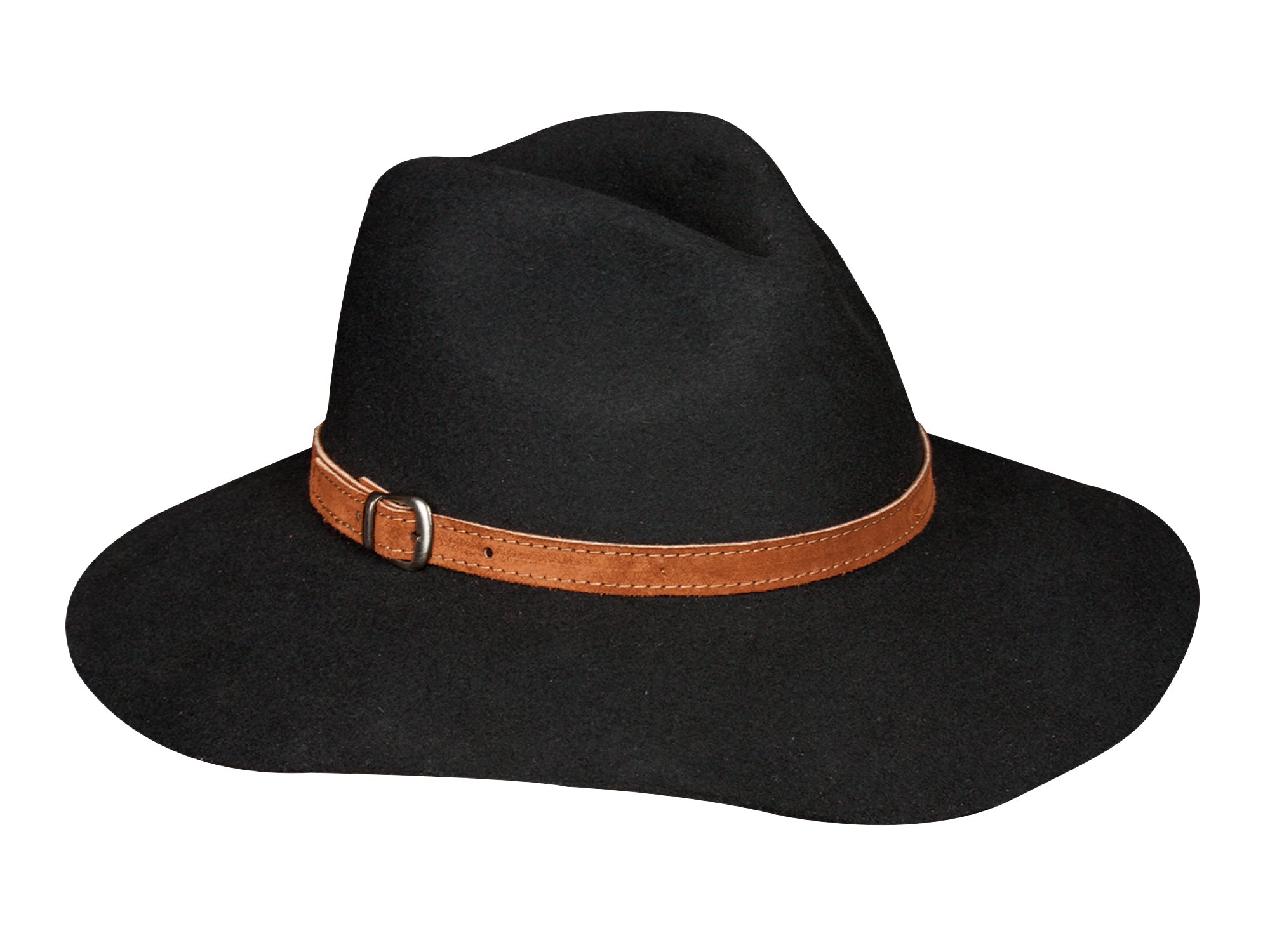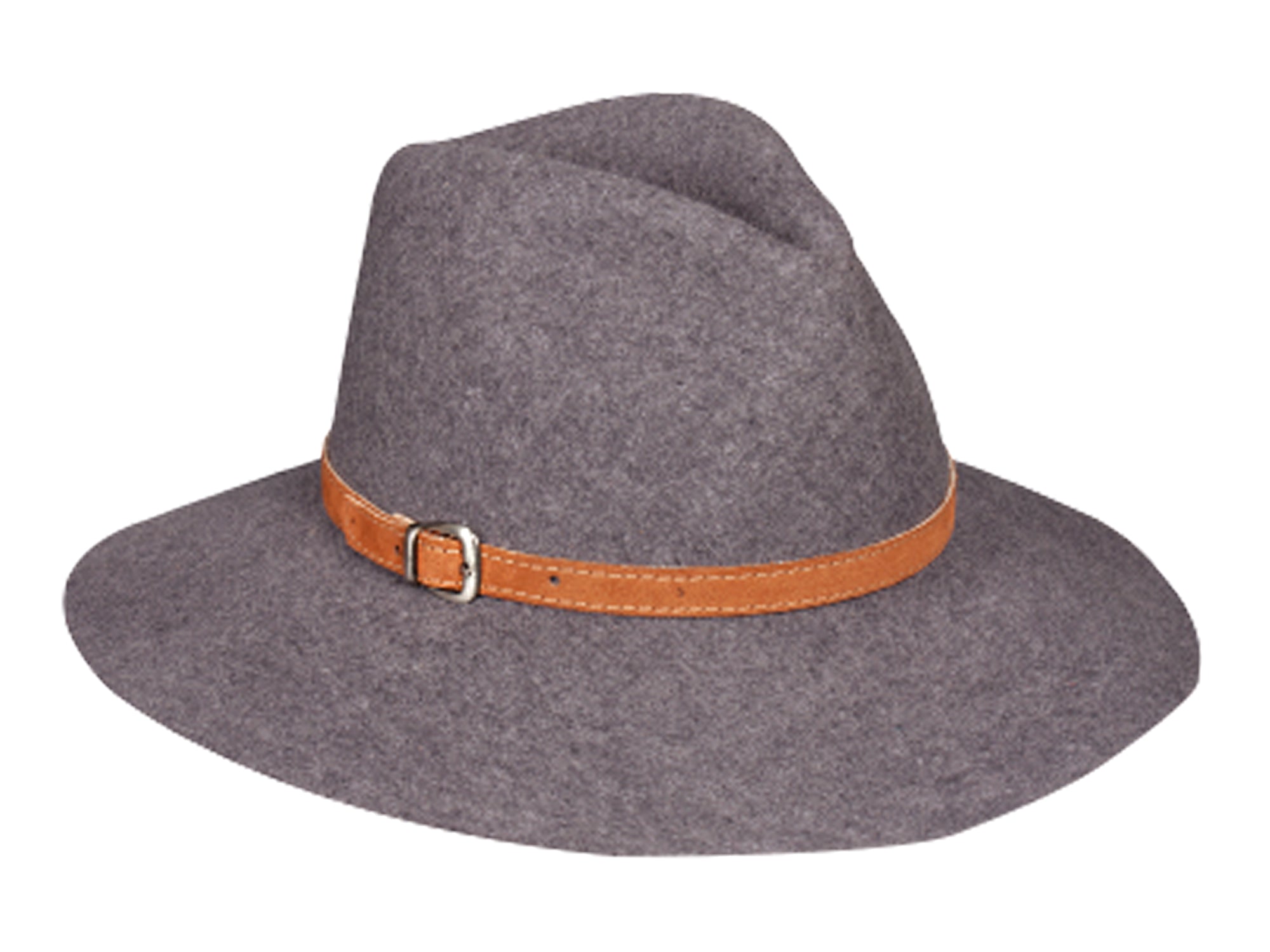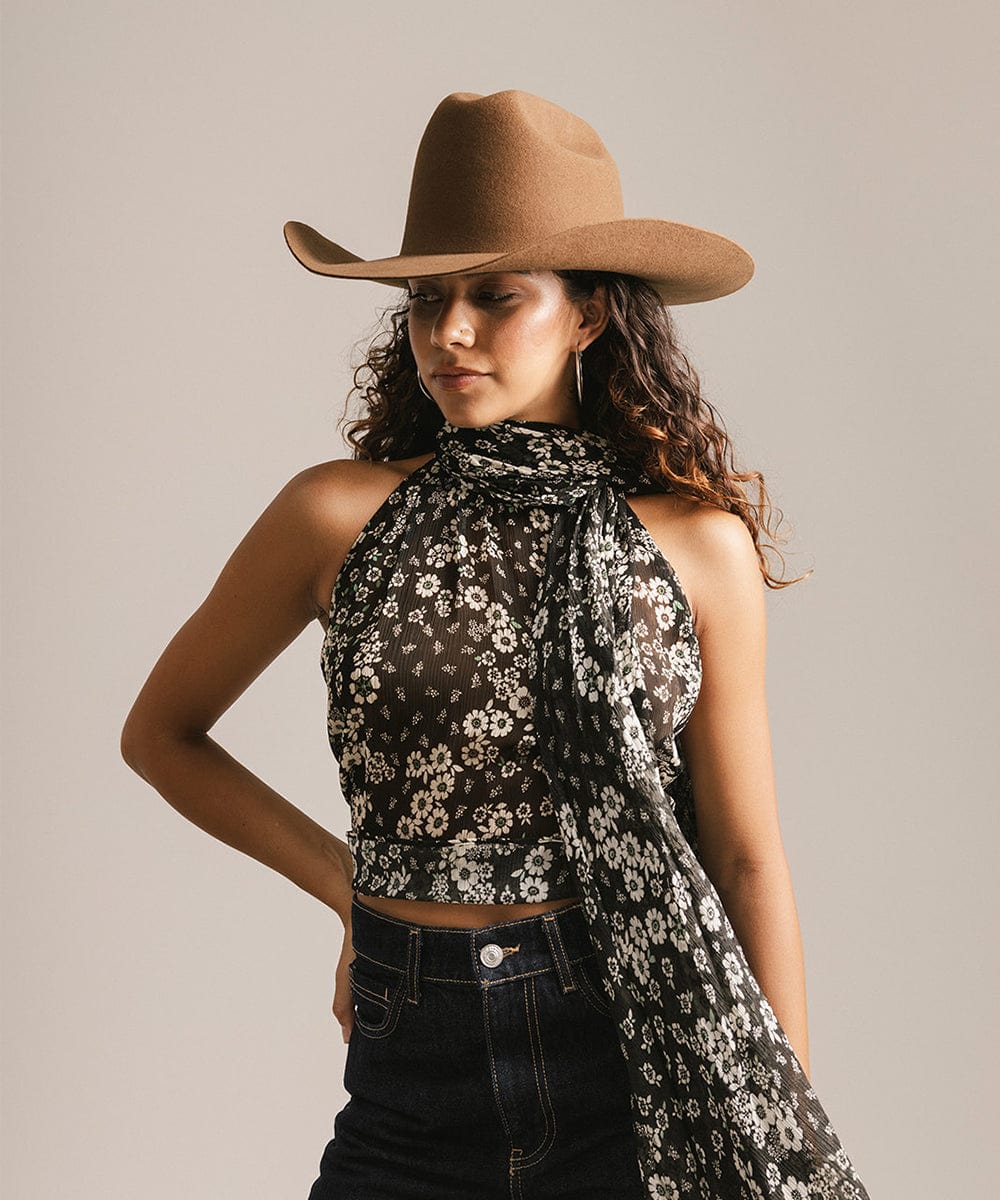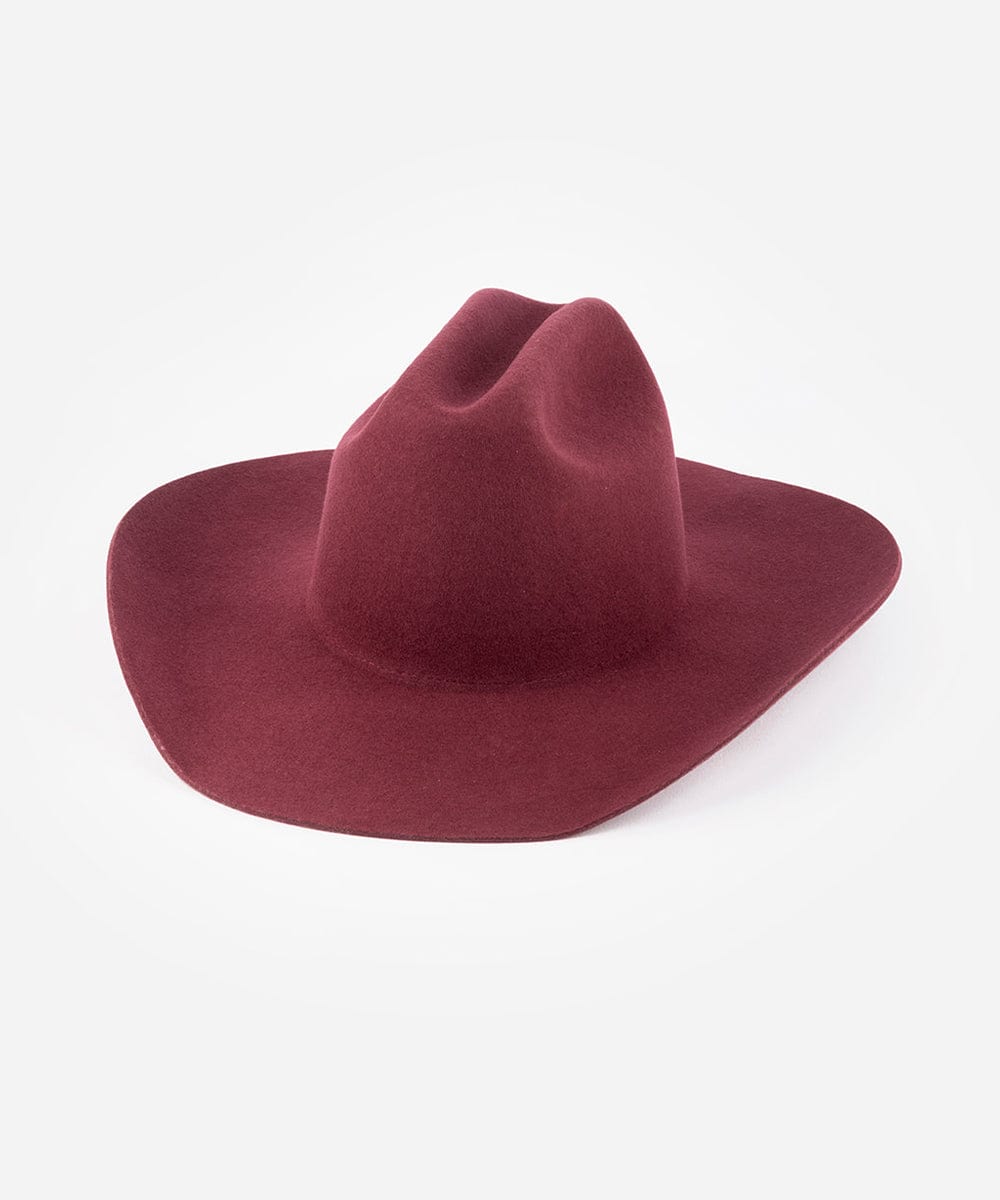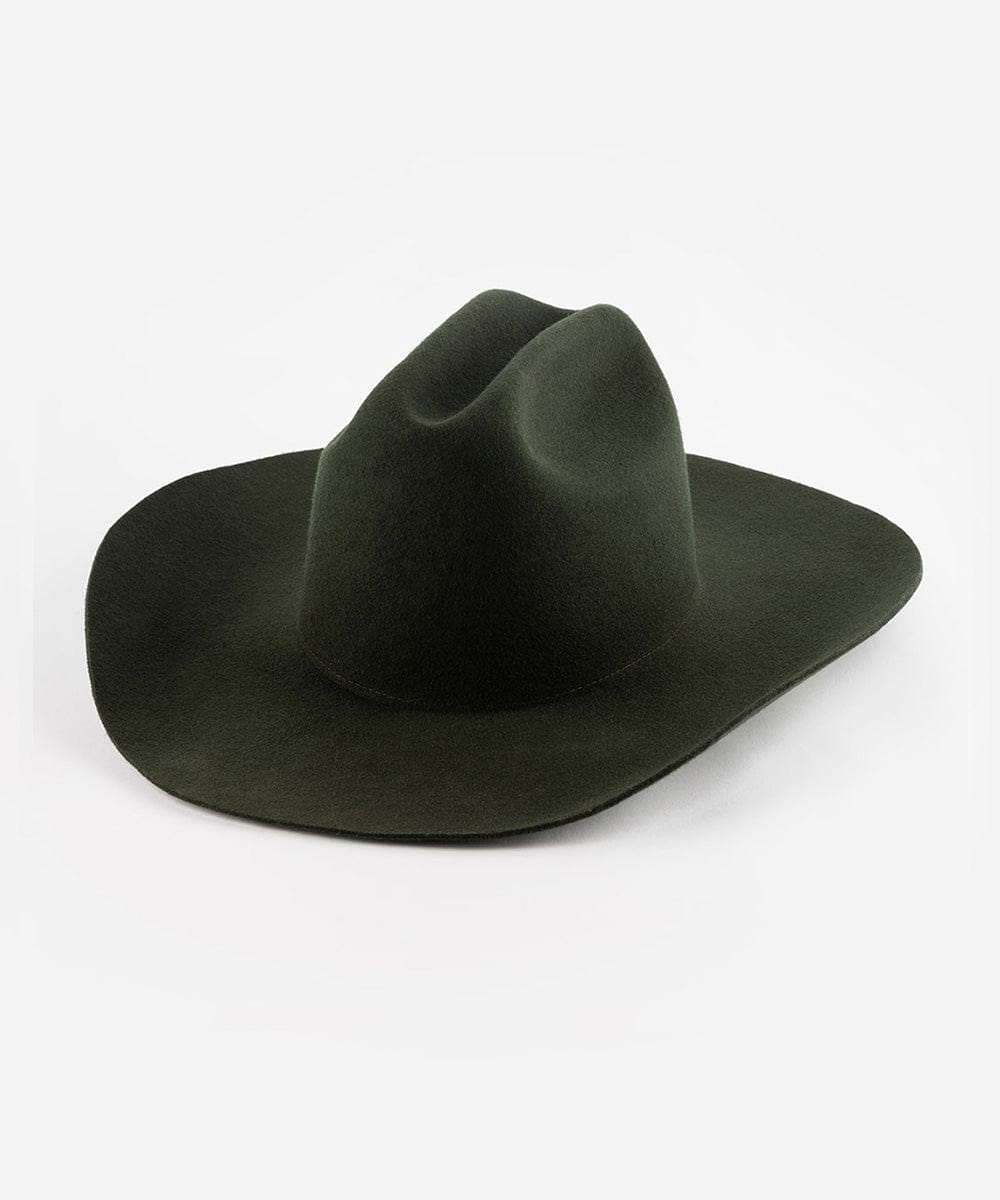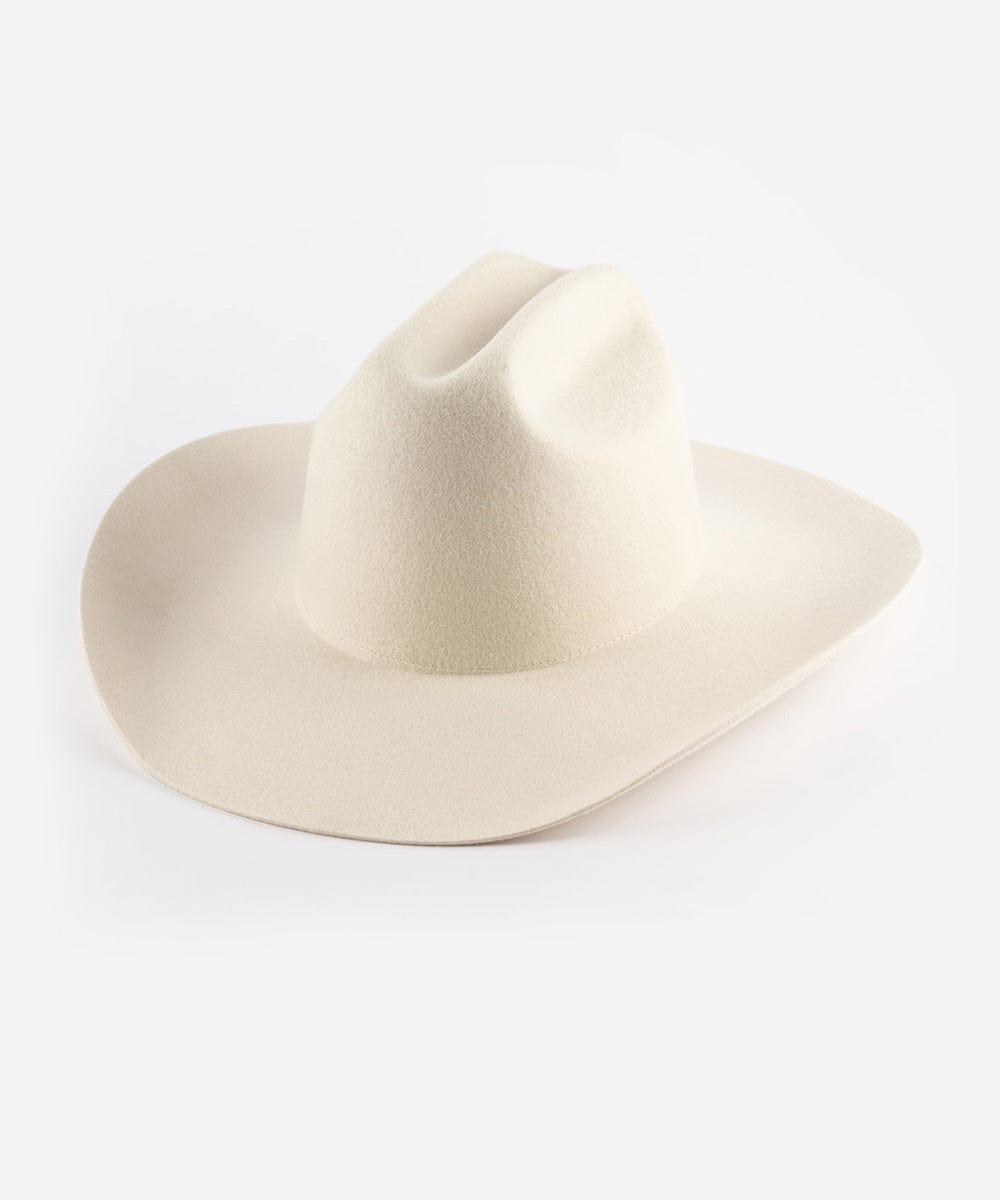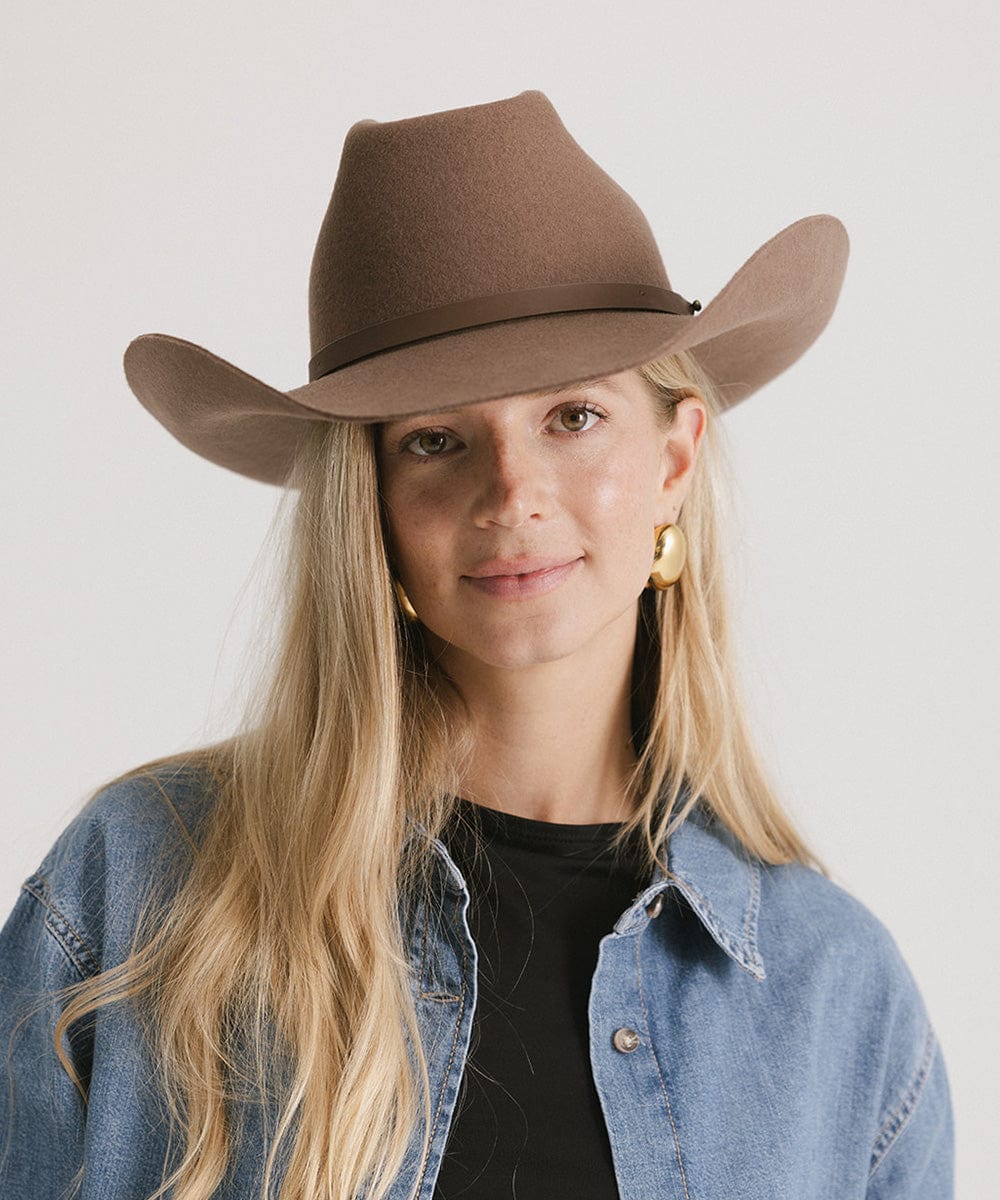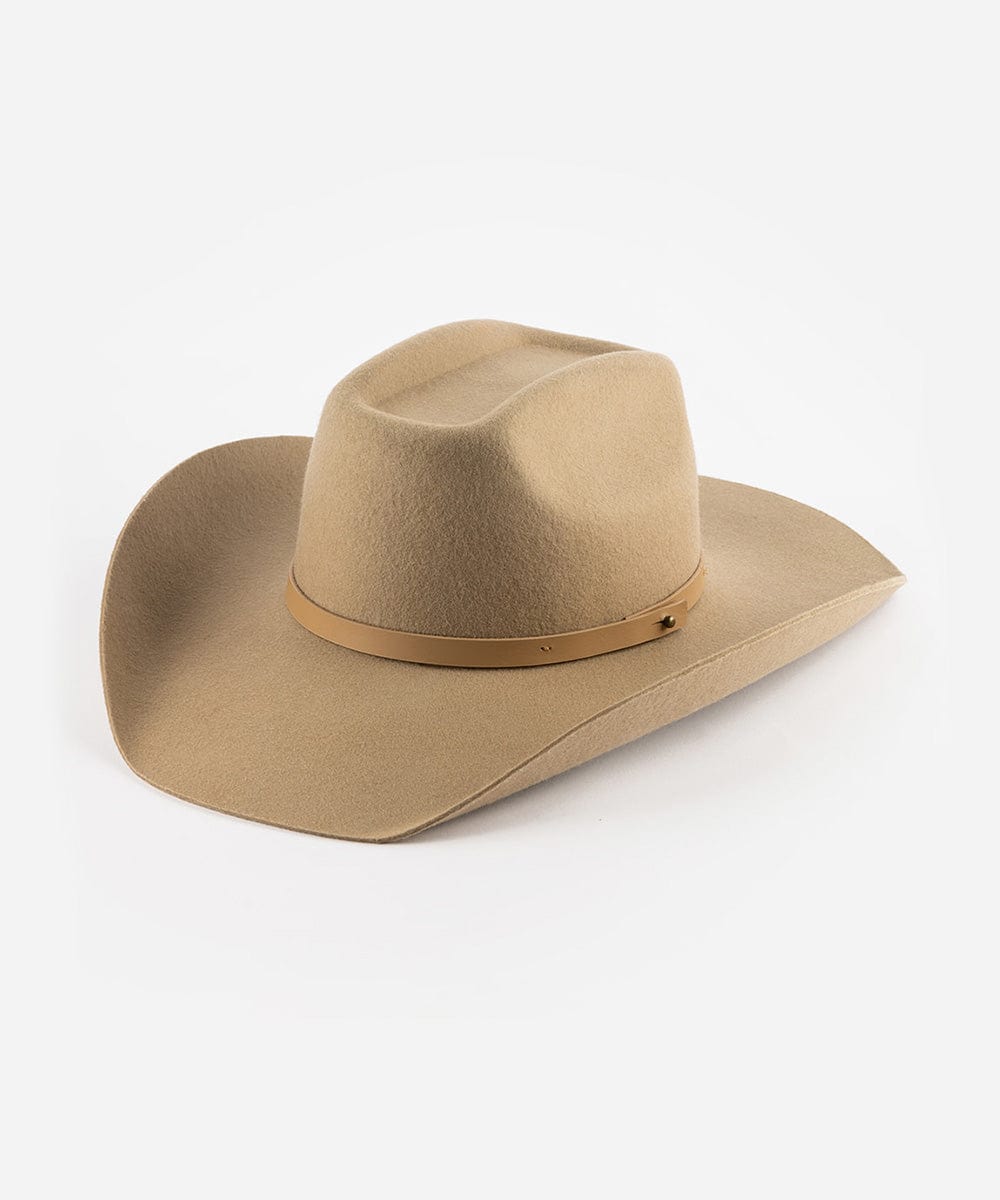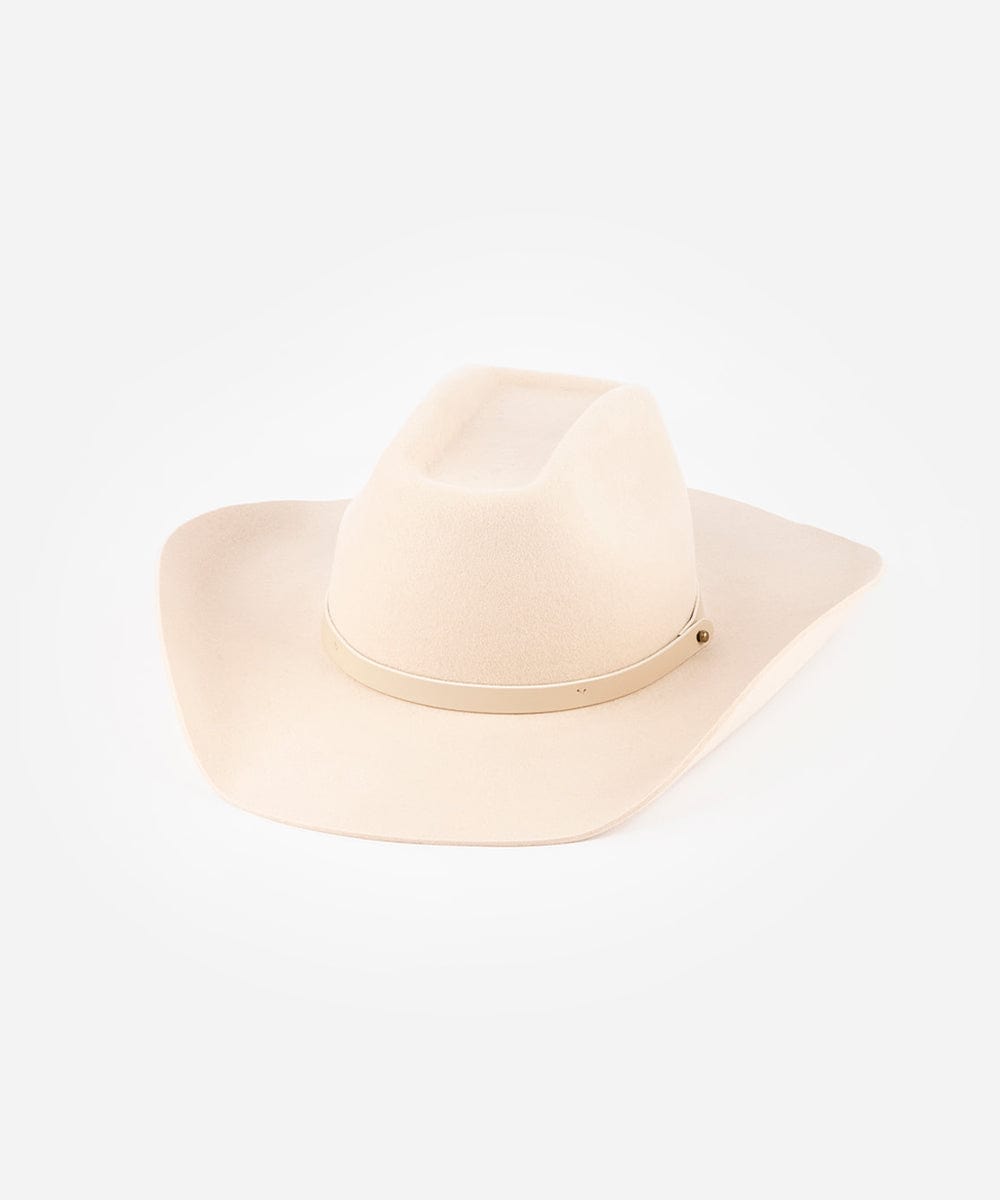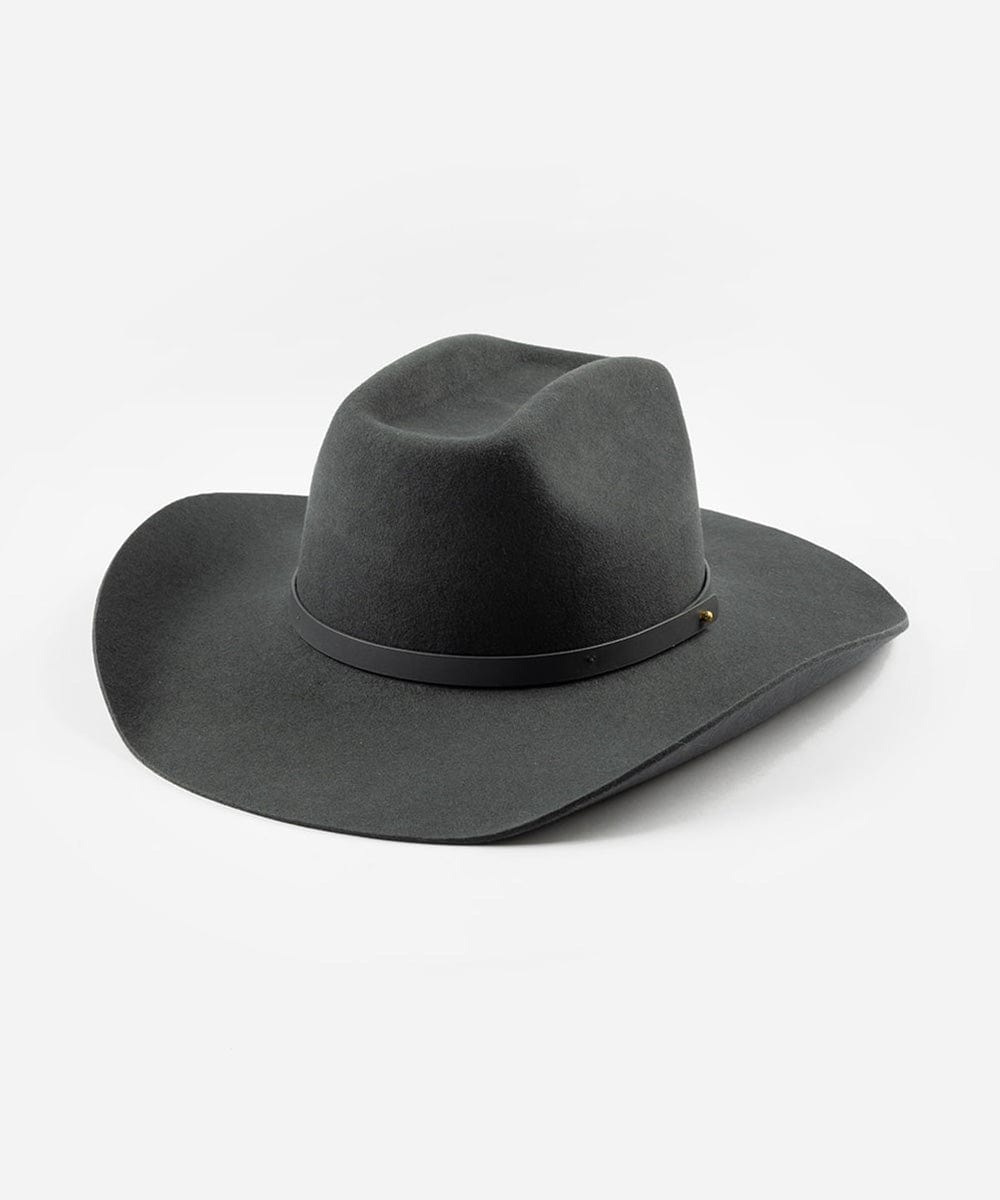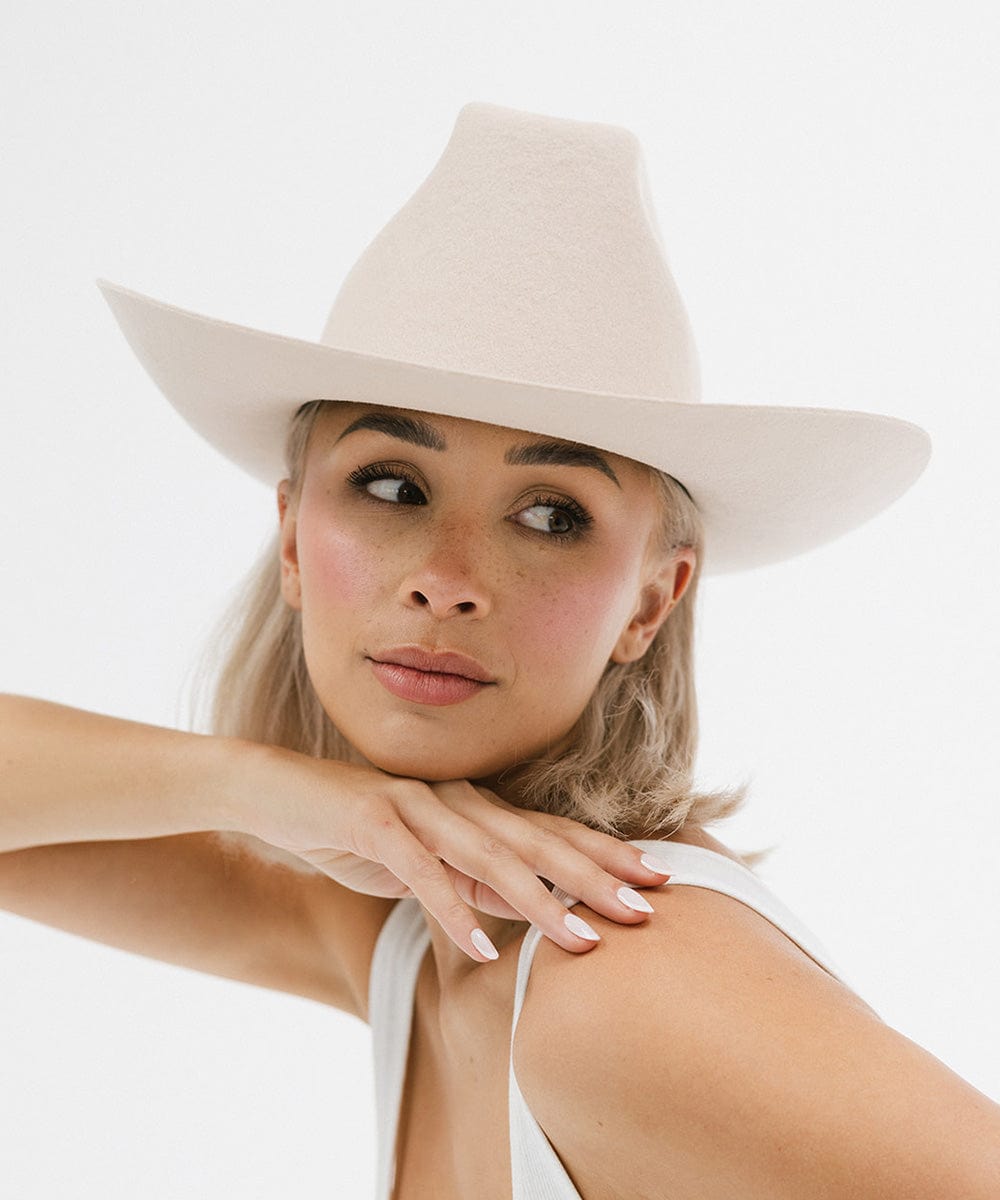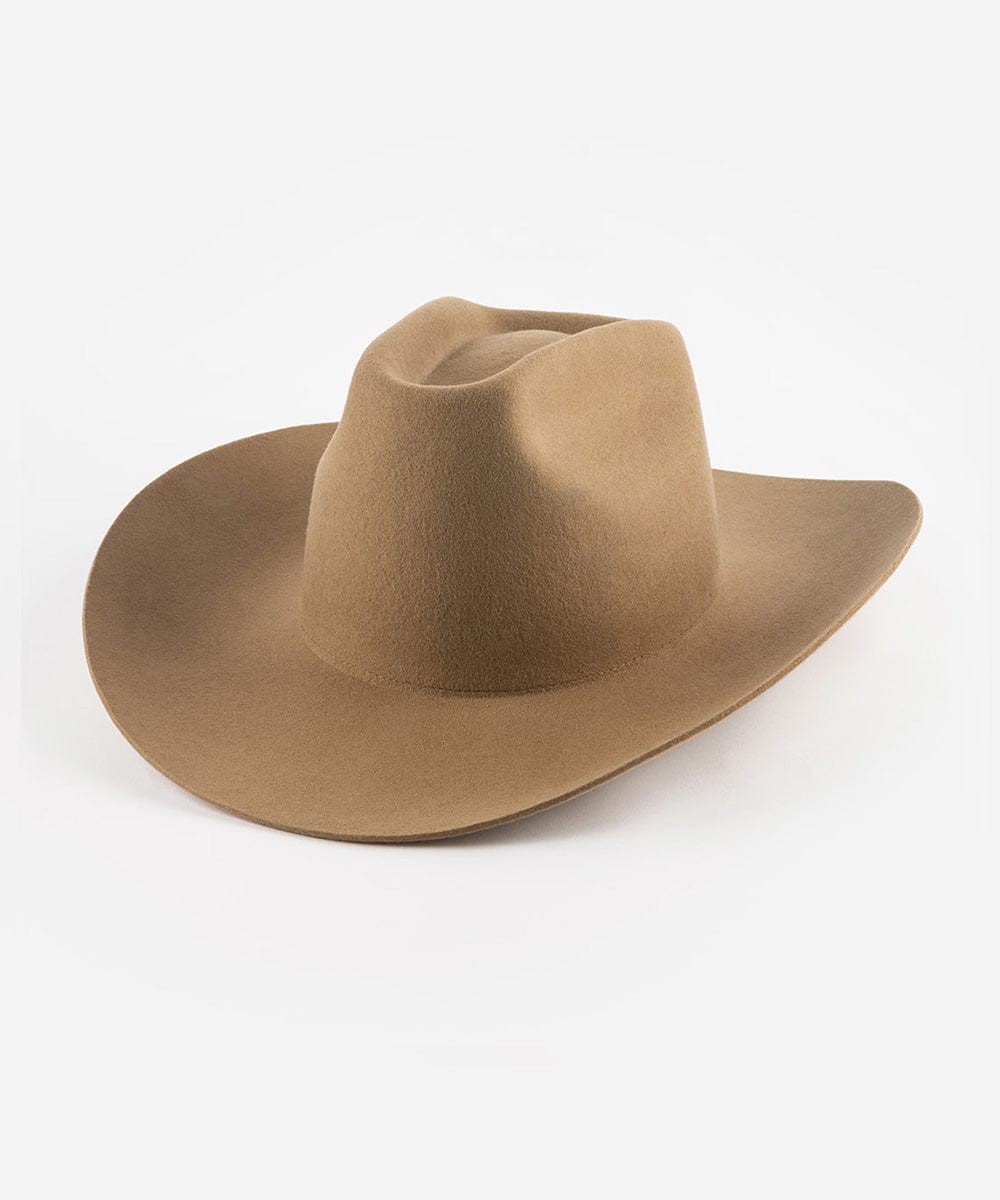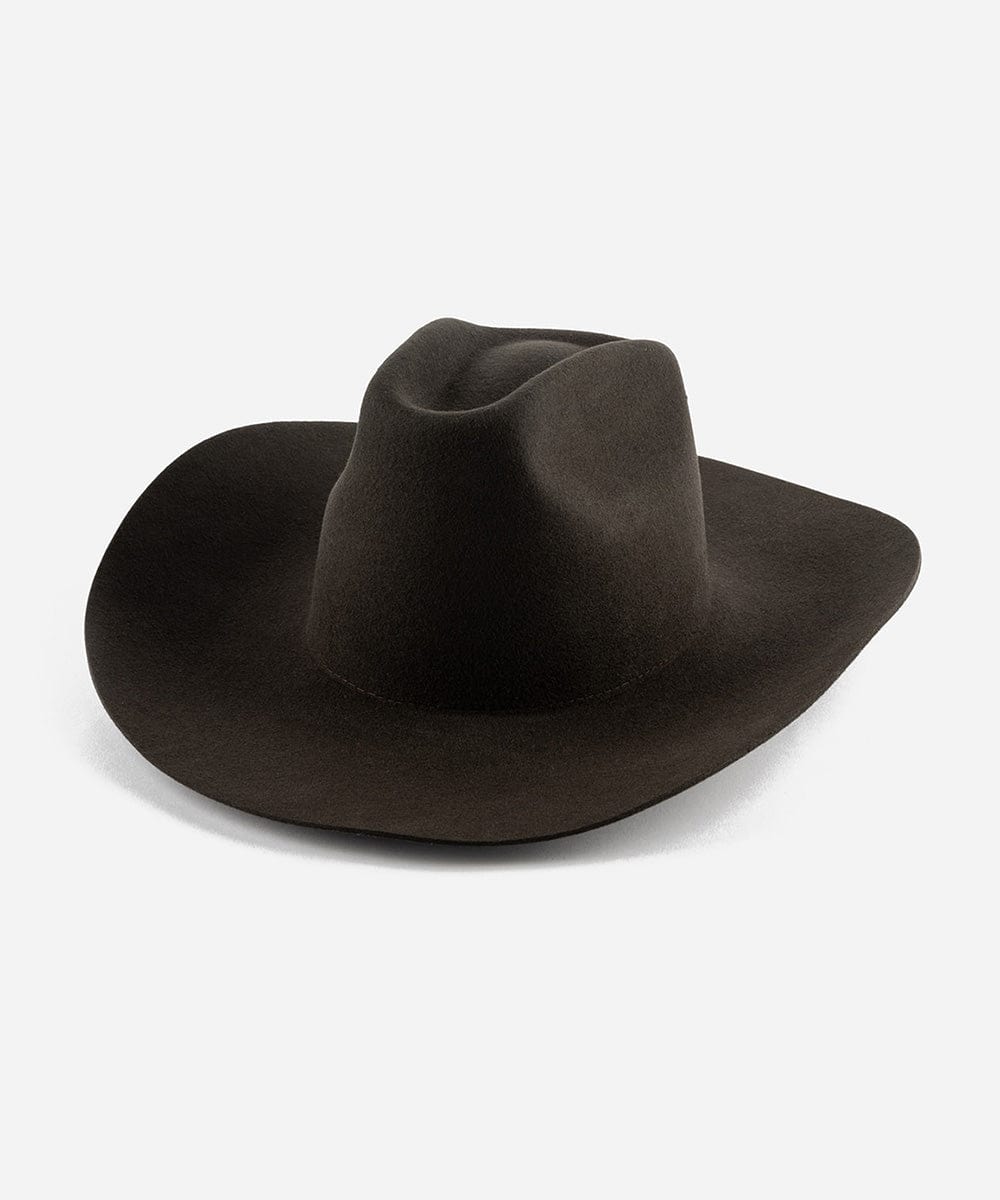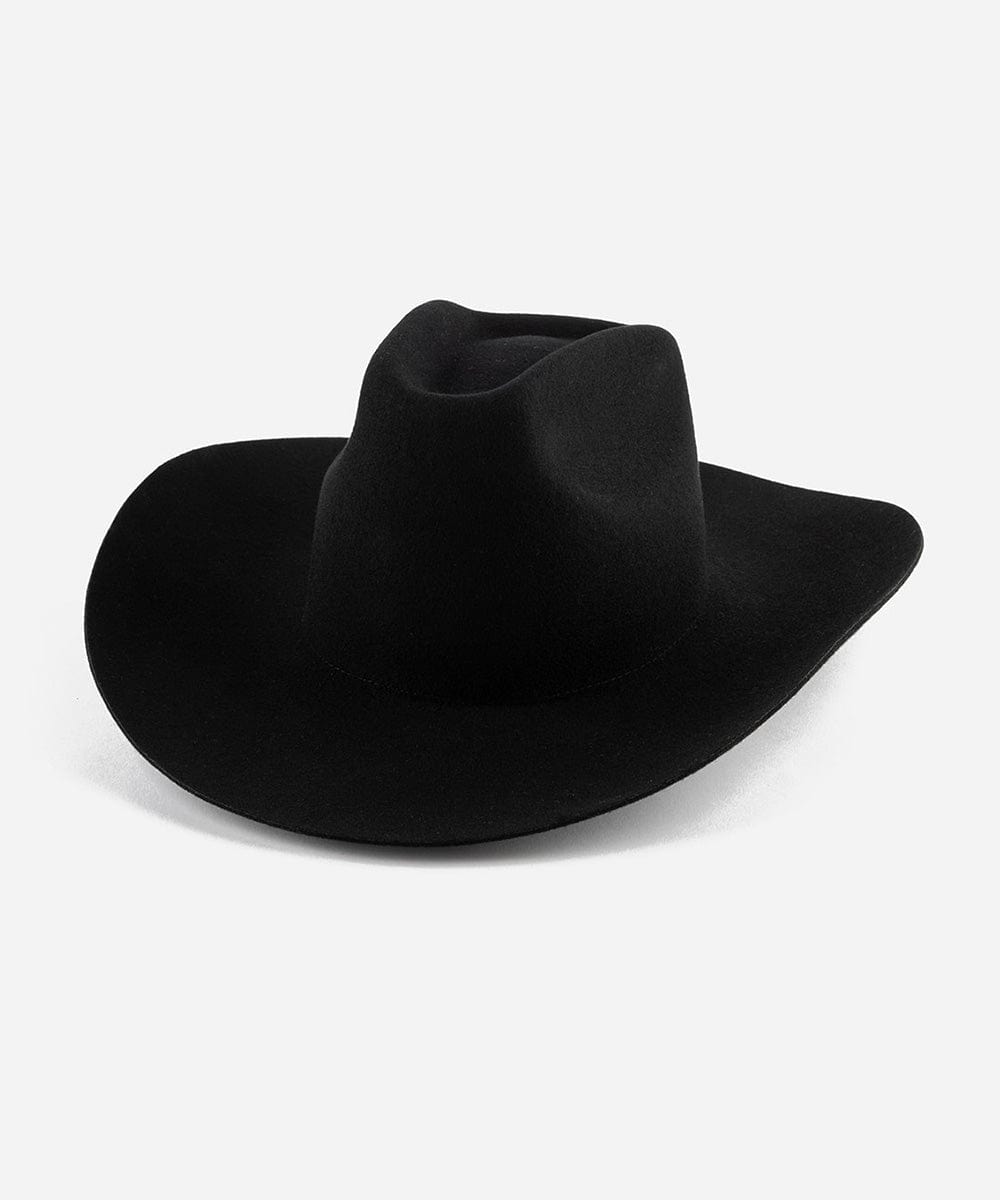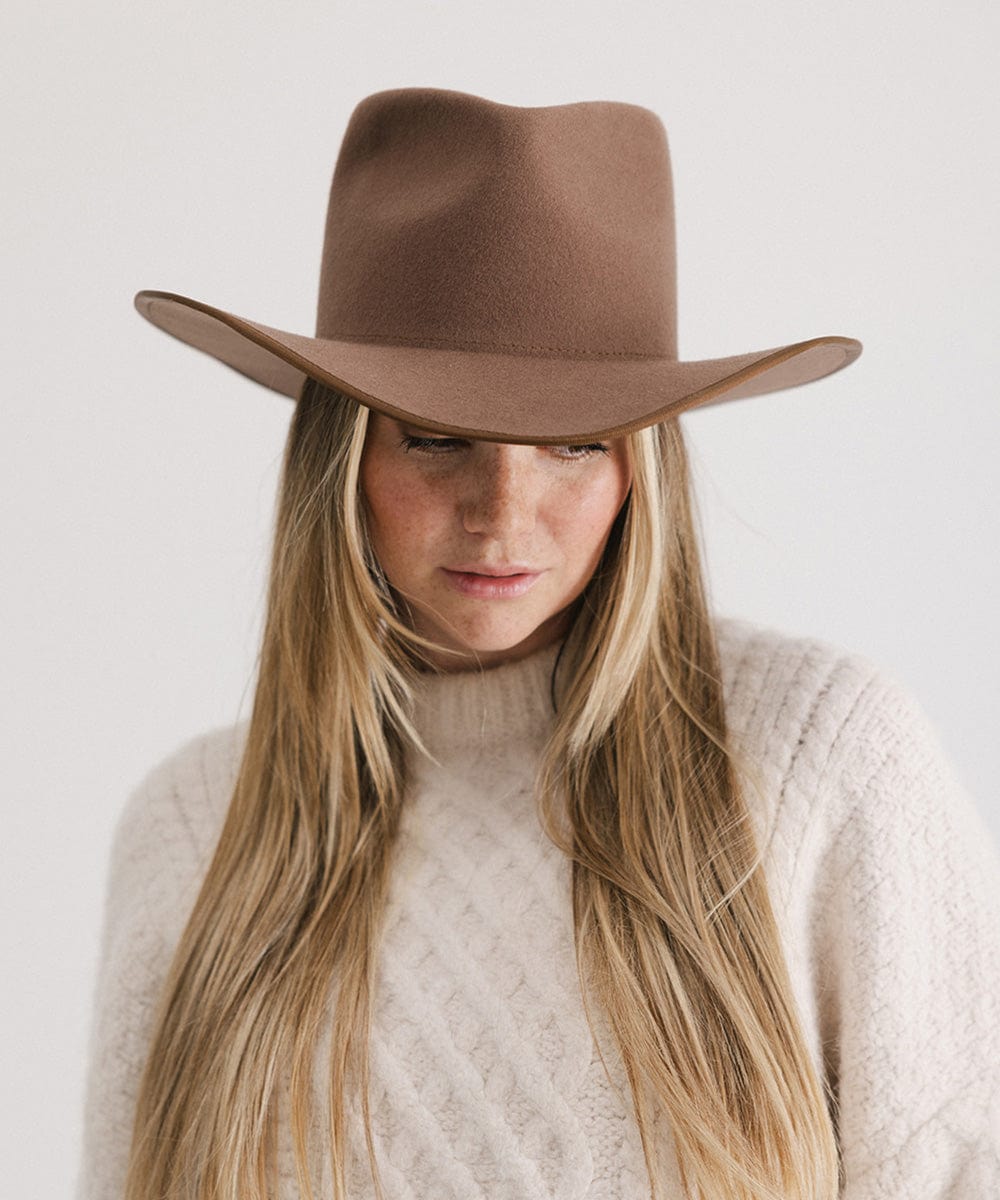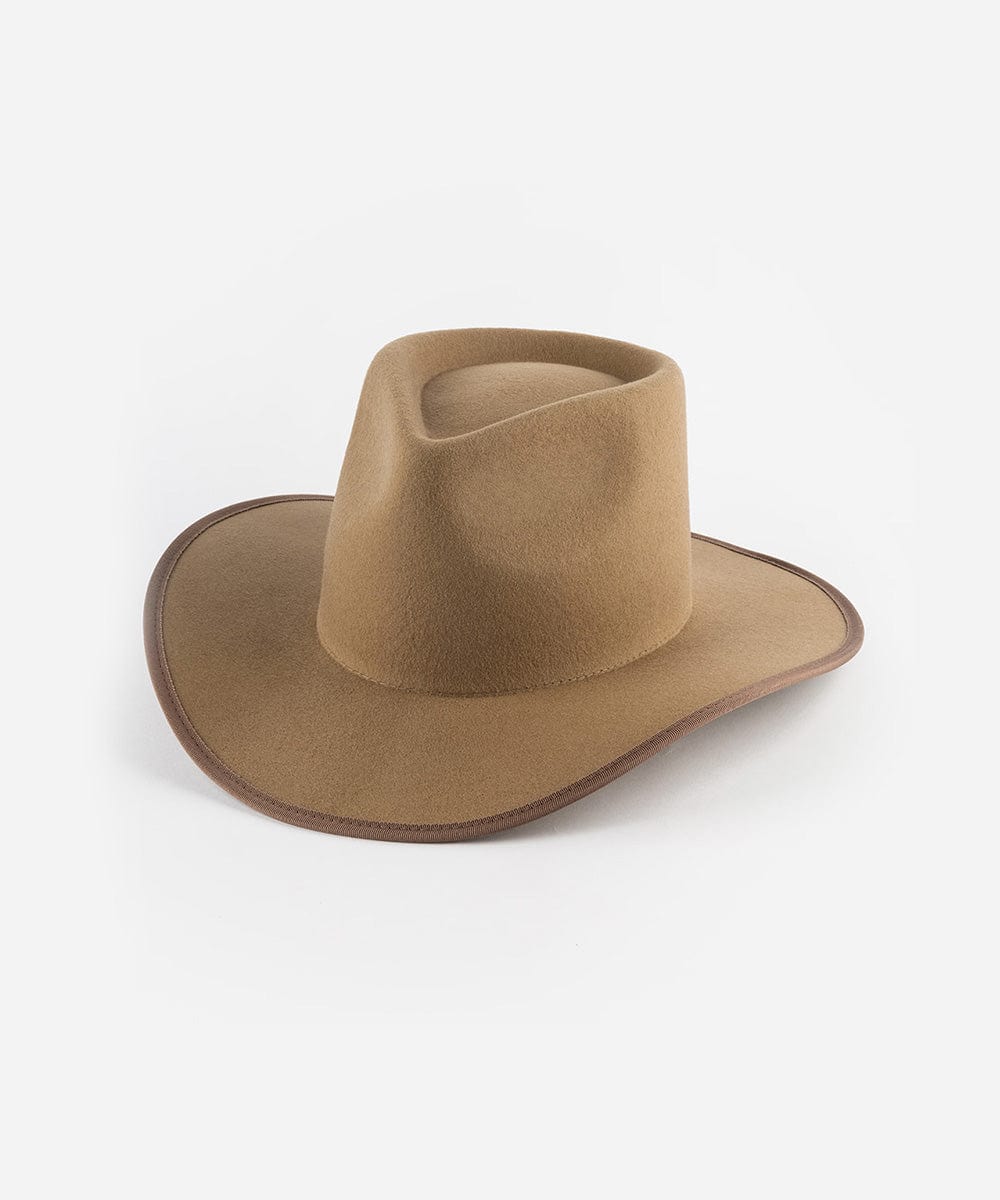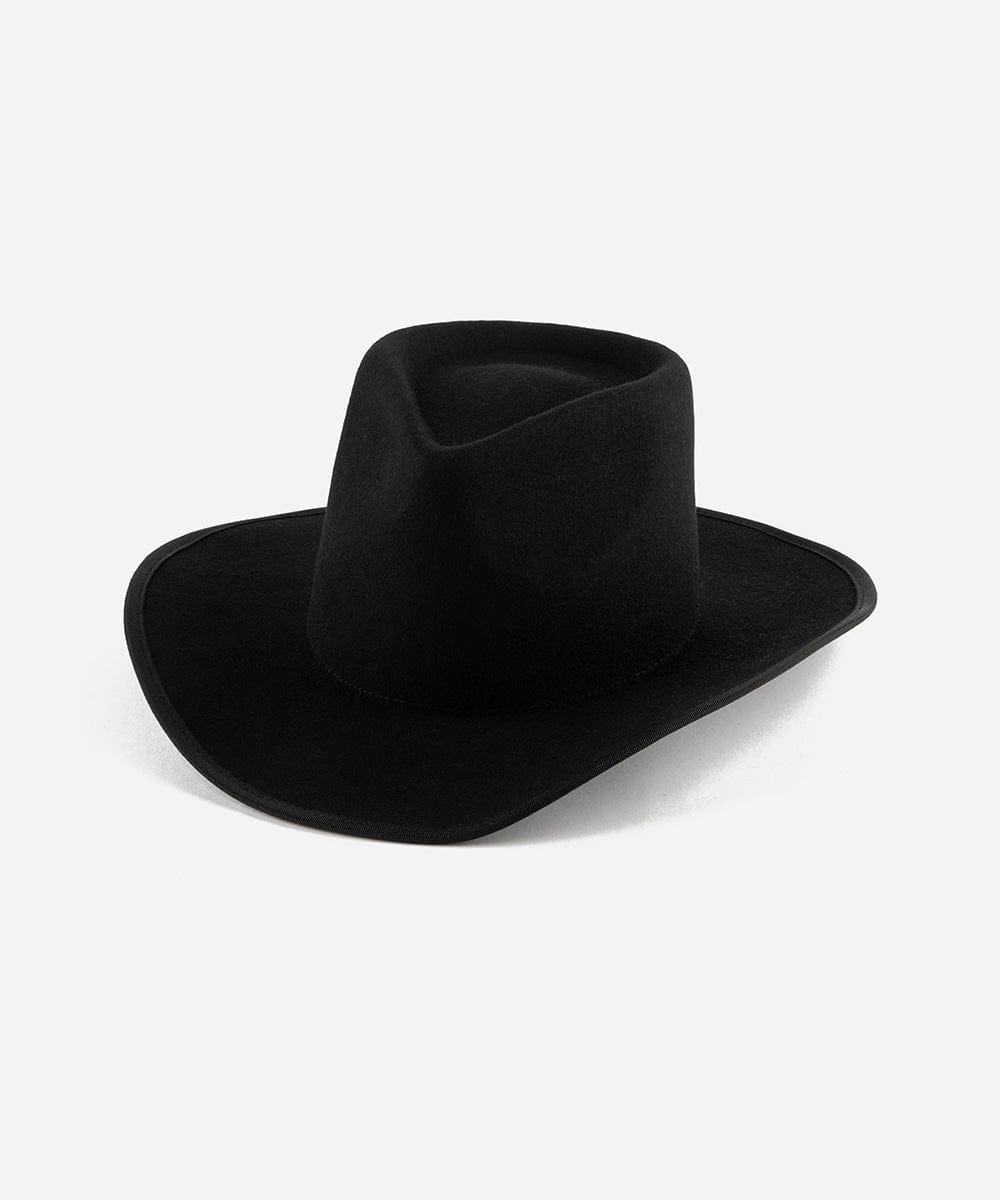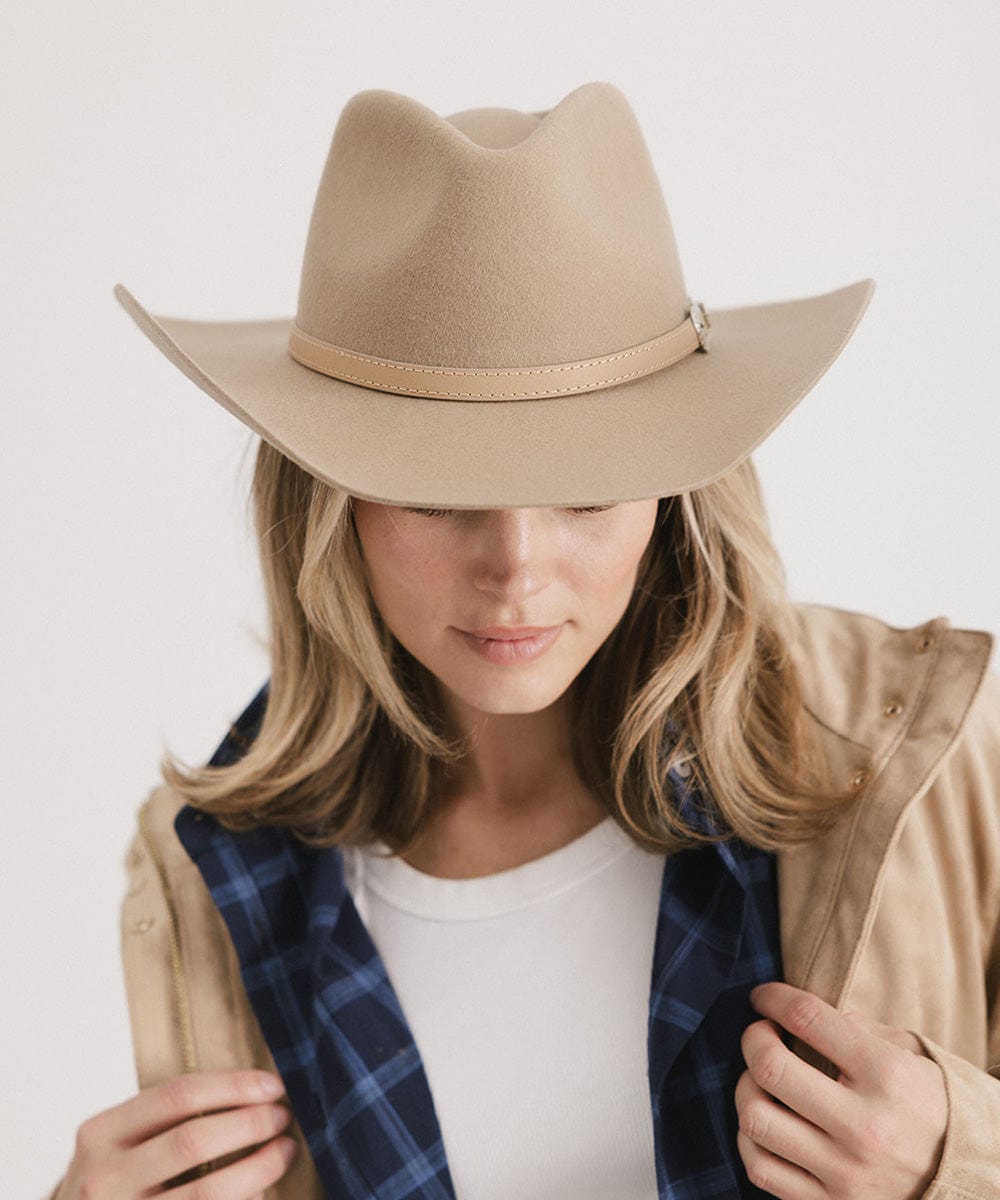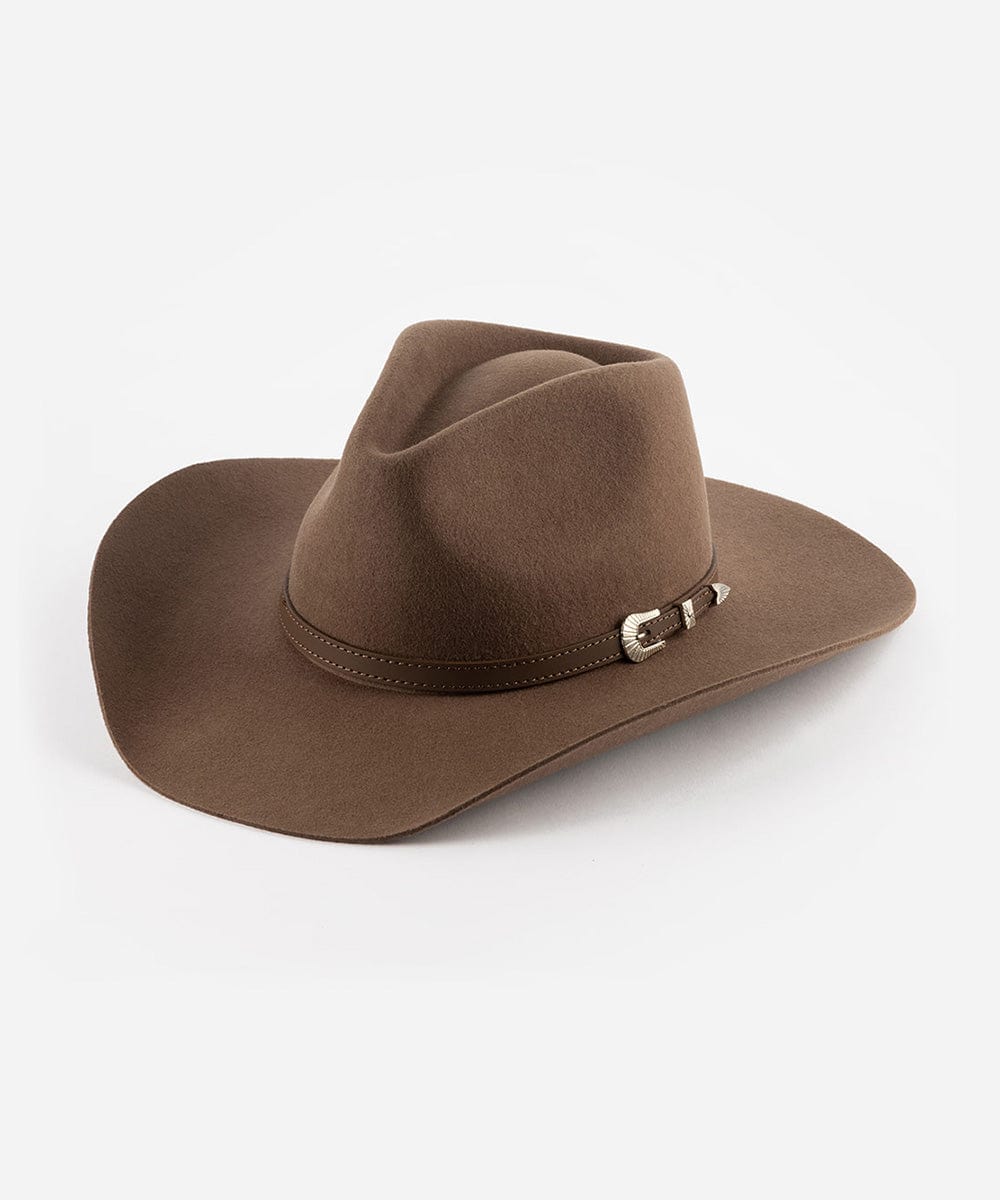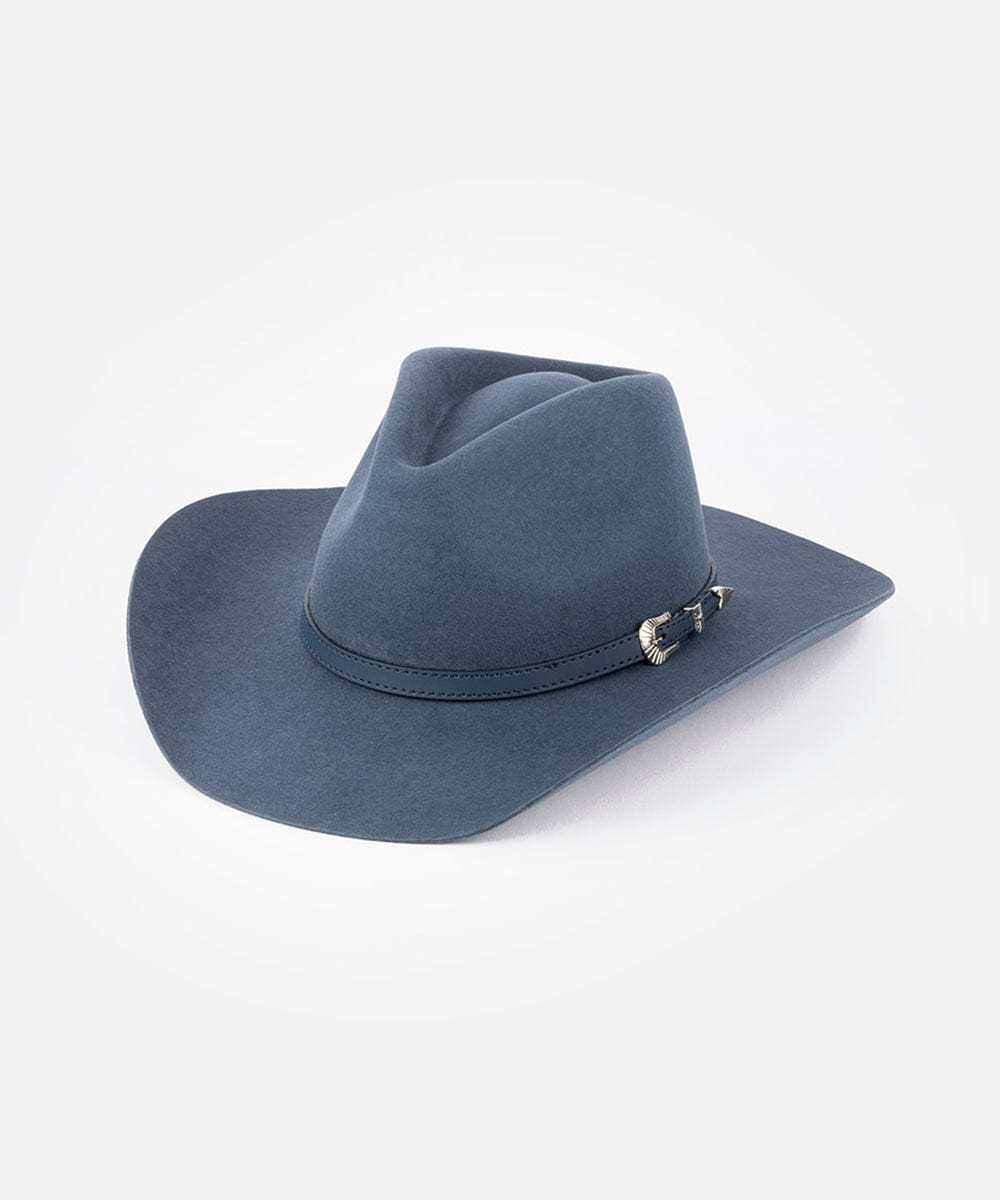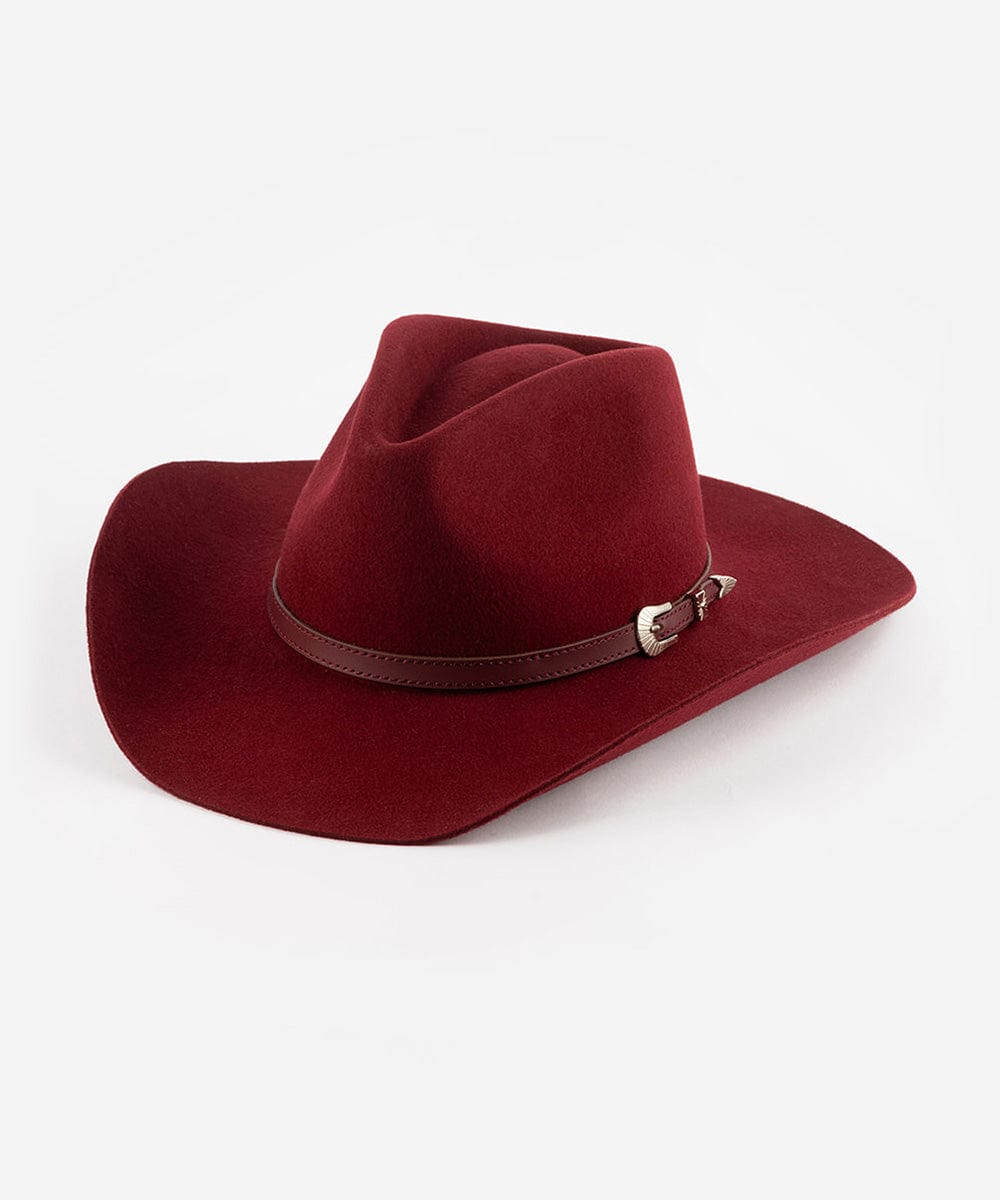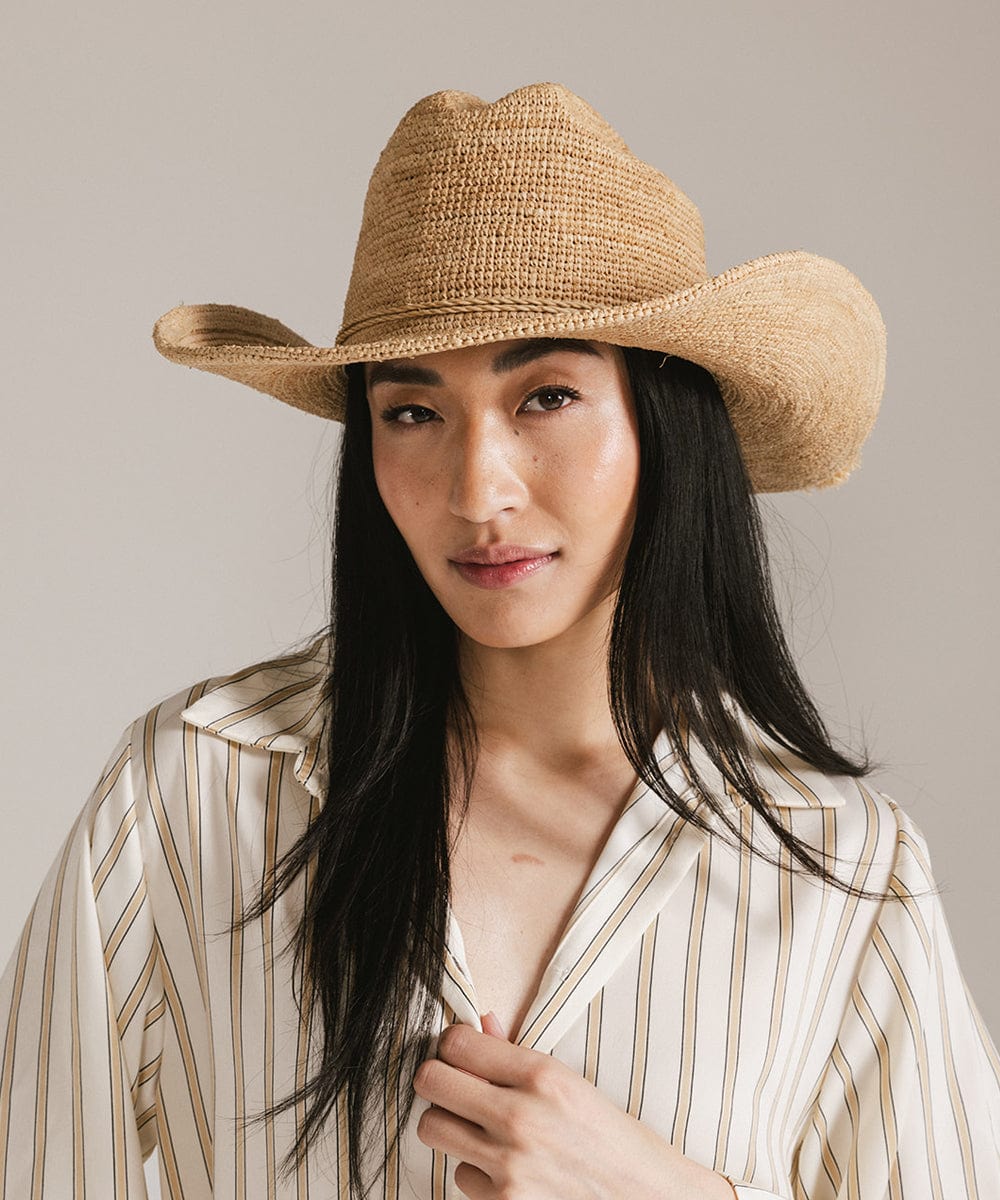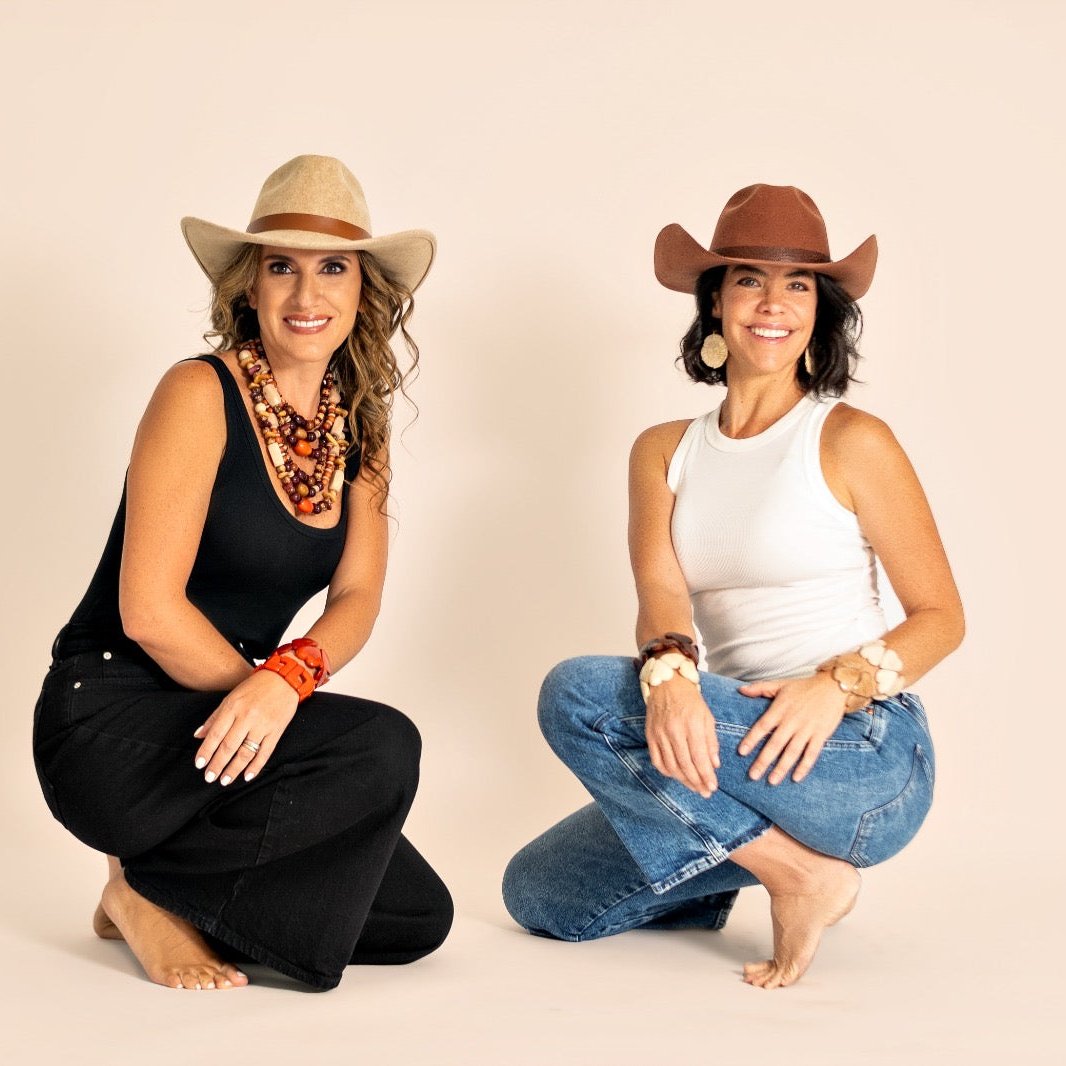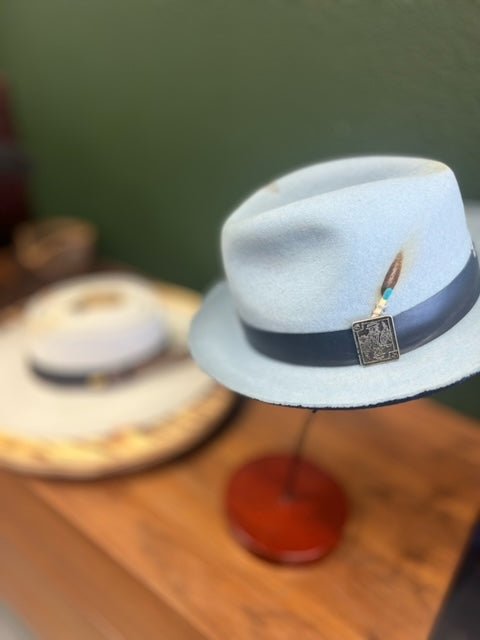Hats By Senor Brims
Ready To Ship Hats
The Ultimate Fashion piece
The Hatter's Corner
How to Find Your Hat Size Like a Pro
How to Find Your Hat Size Like a Pro Finding the perfect hat size is crucial for both comfort and style, and it's easier than you might think! Whether you're adding to your hat collection or on the hunt for that one statement piece, knowing how to find hat size accurately will make all the difference. Armed with just a flexible measuring tape and a trusty hat size chart, you'll be able to pinpoint your ideal fit effortlessly. Plus, understanding the nuances of different hat styles and how they conform to your head shape can elevate your hat-shopping experience. So, let's dive into the world of hats and ensure your next purchase is a perfect fit — because every great outfit starts with the right hat! Measure Your Head Like a Pro Choosing the Right Measuring Tape When it comes to accurately determining your hat size, the right measuring tape can make all the difference. Opt for a flexible, non-stretchable measuring tape, like the ones used by tailors. These tapes are usually made of cloth or plastic and can easily wrap around the contours of your head. Avoid using metal or rigid tapes as they can lead to inaccurate measurements. If you don't have a tailor's tape at hand, a piece of string and a ruler can also work in a pinch. Simply wrap the string around your head where the hat will sit, mark the length, and then measure the string with a ruler. Ensuring you have the correct tools will set the foundation for finding the perfect hat size and keep you on track as you explore various styles and fits. Steps to Measure Your Head Accurately measuring your head for a hat is straightforward with the right approach. Begin by standing in front of a mirror to ensure precision. Position the measuring tape around your head, placing it just above your eyebrows and ears, where a hat typically rests.Ensure the tape is snug without being too tight, as comfort is essential. Relax your hair as it would be styled under a hat to avoid a misleading measurement. Note the measurement in inches or centimeters, depending on your preference or the hat size chart you're using. Double-check your number, as even a small discrepancy can affect the fit. Once you have your measurement, consult a hat size chart to find your corresponding size. This step-by-step method ensures that you get an accurate measurement every time, making it easier to find the perfect hat fit for any style or occasion. Common Measurement Mistakes When measuring your head for a hat, it's easy to make mistakes that lead to an incorrect hat size. One common error is pulling the measuring tape too tightly, which can result in a hat that feels uncomfortable and constrictive. On the other hand, leaving the tape too loose might lead to a hat that's too big and shifts around. Another pitfall is measuring at the wrong position on your head; remember to wrap the tape above your ears and eyebrows, as measuring too high or too low can skew the results. Additionally, not accounting for hairstyle changes can affect fit, particularly if you have thick or curly hair. It's also important to re-measure periodically, as head size can change over time. Avoid these mistakes by taking your time and being mindful of the process, ensuring a perfect fit every time you use a hat size chart. Understanding Hat Size Charts Converting Inches to Hat Sizes Converting your head measurement from inches to a hat size is a crucial step in finding the perfect fit. Most hat size charts provide a straightforward conversion from inches to numerical sizes (like 7 1/4 or 7 1/2) or lettered sizes (such as S, M, L, XL). Start by referencing a reliable hat size chart tailored to the region's sizing system—U.S., UK, or metric systems often vary slightly. For instance, a head circumference of 22 inches typically translates to a U.S. hat size of 7 or a medium lettered size. Be mindful that different brands might have slight variations, so always check their specific sizing guidelines. Keeping your measurement handy allows you to swiftly navigate these conversions. This knowledge not only aids in online shopping but also when trying on hats in-store, empowering you to make informed choices that perfectly suit your personal style. Different Sizing Systems Explained Hat sizing systems can vary across different regions and manufacturers, which can be confusing if you're not familiar with them. The most common systems include U.S. numerical sizes, UK sizes, and metric sizes. In the U.S., hat sizes are often denoted by numbers like 7, 7 1/4, etc., which represent the head circumference in inches divided by Pi. European and UK sizes may use measurements in centimeters, typically ranging from 54 cm to 62 cm. Then there's the lettered system—small (S), medium (M), large (L), and extra-large (XL)—which covers a range of measurements that can overlap slightly across categories. Some brands might also have their proprietary sizing systems, so it's always wise to consult the specific size chart provided by the retailer. Understanding these differences ensures you choose the right size regardless of where you shop, ensuring comfort and style in your hat selection. Consider the Hat Style How Style Affects Fit The style of a hat can significantly influence how it fits, even if the size is technically correct. For instance, structured hats like fedoras or bowlers typically have a rigid design that may require a more precise fit, hugging the head closely. On the other hand, casual styles like beanies or bucket hats often offer more flexibility in sizing due to their softer materials. Additionally, certain styles may sit higher or lower on the head, altering the fit and feel. Wide-brimmed hats might also affect the perceived size, as they can shift the balance and weight distribution. It's essential to consider how often you'll wear the hat and in what context, as some styles are more forgiving than others when it comes to fit. Taking these factors into account ensures that the hat complements your personal style while providing the comfort needed for everyday wear. Materials and Their Impact on Sizing The material of a hat can greatly impact its fit and comfort. Natural fibers like wool, cotton, and straw tend to breathe well and can conform slightly to the shape of your head over time, offering a personalized fit. However, wool can shrink if not cared for properly, affecting its size. Synthetic materials like polyester or acrylic often provide durability and maintain their shape, but they may lack the flexibility of natural fibers, making precise sizing more important. Leather hats can mold to your head shape but might feel snug initially. Additionally, the thickness of the material can influence how a hat feels; thicker materials might make a hat feel tighter, whereas lighter materials could provide a looser fit. Understanding these material properties helps you select a hat that not only fits well but also aligns with your lifestyle and comfort preferences, ensuring prolonged wearability and style. Brand-Specific Sizing and Shopping Tips Ready to dive into the exciting world of hat shopping? Our collection features a fabulous array of brands, each with its unique flair and sizing quirks. Don’t forget to check out our detailed hat sizing guide where you'll find sizing charts specifically curated for the brands we carry. Trust me—these guides are your best friend when you're aiming for that picture-perfect fit. Why Check Brand Sizing? Each brand we carry has its signature style and fit, meaning that one brand's medium might fit slightly differently than another's. Our curated sizing charts help you navigate these differences, ensuring you confidently add to your hat collection knowing each piece is just right. Tips for a Perfect Online Purchase Shopping online for hats can be a little daunting, but it doesn’t have to be. Here are some insider tips to make your experience as smooth as possible: Double-Check Your Measurements: Before clicking that "buy now" button, revisit your measurements and the brand's sizing chart to ensure accuracy. Read Reviews: Don’t skip the reviews! Fellow hat lovers often share valuable insights on fit and comfort. Return Policies: Familiarize yourself with return policies—this keeps you hassle-free if a hat doesn’t quite hit the mark. Join Our Community: Engage with other fashion enthusiasts in our hat community for tips and trends.
Read moreTraditions - Keeping a Legacy alive
We take immense pride in not only keeping the time-honored traditions of hat making alive but also in offering a captivating collection of ready-to-wear hats available online, all set to be shipped to hat enthusiasts worldwide. Join us as we delve into the world where craftsmanship, heritage, and style converge.
Read moreFedora care tips
Fedora hats have been a stylish accessory for both men and women for decades. These hats can be made from a variety of materials, including wool, felt, and straw, and they come in a variety of colors and styles. If you're lucky enough to own a fedora hat, you know how important it is to take care of it properly. In thi
Read more
FAQs
How to measure my Hat size at home?
How to measure my Hat size at home?
To determine your hat size there are a few tips. Before making a hat purchase it is highly recommend to confirm your size. To learn more about how to measure your hat size check out our tutorial
What makes a hat a fedora?
What makes a hat a fedora?
A fedora is recognized by its soft, medium to wide brim that can be shaped or “snapped” down, along with a crown featuring a soft, indented center and a pinch or crease at the front. Traditionally crafted from fur felt, such as wool or beaver, these hats are known for their flexible brims and versatile crown styles, which give them both adaptability and a distinctive silhouette.
How should a fedora hat fit?
How should a fedora hat fit?
A well fitted fedora should rest evenly on your head, sitting about two fingers above your eyebrows and ears. It should feel secure yet comfortable snug without being tight or leaving marks. The hat should stay in place as you move, sitting naturally on the widest part of your head without any gaps. To check the fit, see if you can slide one finger between the sweatband and your forehead.
How to clean a fedora hat?
How to clean a fedora hat?
To safely clean a felt fedora, start by gently brushing away surface dust with a soft bristled brush, moving in a counterclockwise direction. For tougher spots, lightly dab them with a damp cloth and a small amount of mild, bleach free soap. Avoid soaking the hat or using harsh chemicals, and let it air dry away from direct sunlight to preserve its shape. For the interior sweatband, use a toothbrush and mild soap to carefully clean the area.


